
This previously published article was updated on August 8th, 2023.
A few years ago, our industrial marketing agency took a close look at the manufacturing marketing commonalities among our most successful clients and boiled them down to seven things:
- Positioning
- Website Foundation
- Technology Stack
- Content Strategy
- Demand Generation
- Pipeline Management
- Data Analysis
These 7 Core Elements of an Industrial Marketing Strategy are the essential puzzle pieces you’ll want present, optimized and working in sync to drive marketing success.
In this (very dense) article, we’ll explore each Core Element in detail.
Core Element #1/7: Positioning
The first Core Element – right at the center of everything – is your Positioning. We define Positioning as:
The perception of your business in the minds of your customers.
Effective marketing for manufacturers starts by identifying and documenting what your ideal-fit customer looks like – both at a company and individual human level. And it’s followed by the crafting of positioning language that clearly articulates how you create value for these individuals.
Step 1: Establishing your ideal customer
Your first move is to define the characteristics of your ideal-fit accounts at a company level. What are the common threads among your very best customers?
- How big are they?
- Where are they located?
- What do they buy from you?
- What triggers inside of these companies lead them into the buying process?
- How long and complex is that buying process?
- And how does the sale play out?
- Who on the customer’s side gets involved?
Once you’ve established what those ideal accounts look like, your next move is to identify, define and outline the characteristics of the individuals at those organizations most likely to influence the buying process.
Though not everyone is a decision maker, a “buying committee” is typical – especially if you sell a complex solution that requires a long, consultative sale.
So whose attention and trust do you need to earn inside of those ideal accounts? Plant Engineers? Facility Managers? CEOs or Presidents? Procurement?
And for each of those key buying process influencers – or buyer personas:
- What are their responsibilities at the company?
- What decision-making authority do they hold?
- What are their personal pain points? And goals?
- What common questions do they ask around those pains?
- How sophisticated is their knowledge about potential solutions?
- What do they value about you and your company?
Step 2: Conduct customer interviews
Once you’ve identified who your ideal customers are, you’ll want to actually talk to them. You’ll use insights from customer interviews to guide your positioning language.
- What actually differentiates you in the eyes of your customers?
- What language do they use to talk about their problems?
- What challenges are they facing that you might not know about?
- How do they measure success in their role?
- What competitive alternatives do they weigh your product against?
Learning the answers to these questions directly from the mouths of your customers will ground your positioning language. You’ll be talking about real problems, real differentiators, and real success metrics – not just what you assume about those factors.
This makes your positioning language incredibly specific and relevant to your ideal customers, and that makes you more memorable.
Step 3: Crafting your positioning language
The next piece of positioning – after you’ve identified your ideal customer at both a company and human level – is the crafting of your positioning language.
And by that, I’m referring to a clearly articulated value proposition.
Your positioning language is the messaging you’ll consistently use throughout your sales and marketing communications as you talk about your business to the outside world.
With our manufacturing clients at Gorilla, we like to use a blend of two positioning frameworks:
Both frameworks involve clearly identifying and documenting:
- Your ideal customer profile
- Competitive alternatives to your product/service
- Problems your customers face
- Your product or service’s unique attributes/benefits
- The true value your provide to your customers
Once established, your positioning language will build confidence with your future customers. It will make them say:
“These guys understand me. And they’ve seen my challenges before.”
This messaging is your differentiator among the many undifferentiated competitors out there who pretend they do everything for everyone. And it will serve as the guiding light for all marketing and sales communications going forward.
Core Element #2/7: Website Foundation
Your website will almost always be part of the online marketing conversation. And that’s because it’s your home base – the online face of your company. It’s your storefront – even if you’re not physically selling a product or service through it.
Your website is the one place online where you control all messaging and content. And because your website is so central to your online marketing strategy, you want (at the very least) to put some essential pieces in place before you invest in driving traffic there.
We believe there are six essential building blocks for a B2B website. They follow.
Content Management System (CMS)
Your website should always be growing and evolving – creating more and more value for your prospects, leads, and customers as time passes. A flexible content management system makes that possible – equipping you with the tools to easily add pages and modify content without the help of an agency or IT guy. Our recommended CMS, hands down, is WordPress.
Learning Center
Further along in this article, we’ll cover the all-important topic of content and the necessity of consistently publishing insights that address the common problems and goals of current and future customers. All of that resourceful, customer-centric content needs a place to live. And that place is your Learning Center. For context, here are some Learning Center or Resource Center examples from some of our manufacturing clients:
Lead Generation Infrastructure
Until a visitor takes a lead-generating action like filling out a form, picking up the phone or engaging in a live chat, he or she is just an anonymous, faceless person.
This third essential website building block – your lead generation infrastructure – refers to the components you’ll need prebuilt and ready to deploy to facilitate the process of converting those anonymous visitors into solid leads. They include call-to-action buttons, lead-capture landing page templates and forms (maybe a live chat or chatbot tool too).
Lead Management Software Integration
We’ll look more closely at this topic when we get to Core Element #3 (your Technology Stack). But here in the context of these six website building blocks, I refer simply to the presence of a direct and seamless integration between your website and two essential software platforms.
The first is your CRM (customer relationship management) software. And the second is your marketing automation software.
On-Page SEO Essentials
SEO – or search engine optimization – is a complex topic. Among these essential website building blocks, I’m talking specifically about on-site SEO best practices, including:
- The use of target keywords in key areas of any given page (page title, URL, H1, and H2 headlines)
- Internal linking systems between pages on your site
- And most importantly, the presence of in-depth, insightful content
Responsive Design
As more and more content is consumed on mobile devices, responsive (mobile device-friendly) design becomes increasingly important. Consider your own experience trying to navigate a website where you have to pinch and scroll just to read the information. How long before you’re gone, never to return?
By no means are these six website building blocks the end all be all. Instead, they’re the essentials. If you invest in driving future customers to your site before these pieces are in place, you can’t expect to optimize your results.
Continuous improvement of your website will be essential. And that process should begin with these six things.
Core Element #3/7: Technology Stack
There are thousands of marketing and sales software tools out there, covering everything from SEO and website optimization to email marketing and cold prospecting.
And lots of good ones too.
But since we’re talking about core elements of your marketing strategy, we believe there are three essential pieces of software you need in place. They are:
- CRM
- Marketing automation
- Website analytics
Here’s a look at each.
CRM
CRM stands for “Customer Relationship Management”. And in short, this software exists to keep your company’s Sales efforts organized and make your team as efficient as possible on the business development front.
At the heart of your CRM are contact records for individual leads and customers. Inside any individual’s contact record, you can log calls and meeting notes, record data points like customer preferences, birthdays, favorite sports teams, etc.
A quality CRM software will also let you:
- Sync your email software to automatically log communications to and from recipients
- Assign accounts and individuals to specific sales professionals on your team
- Build task lists with automated reminders to follow up with your leads
- Track the lifecycle stage of your deals or opportunities
- Assign values, timelines, and probabilities of these deals closing to give you a real-time forecast of your sales pipeline’s value
Several serviceable CRM tools exist at this point, including Hubspot, Salesforce, Pipedrive, Microsoft Dynamics, Netsuite, and Infusionsoft.
At Gorilla, we (and many of our clients) are partial to Hubspot because of its simplicity, affordability, fantastic user interface, and seamless integration with their own marketing automation platform.
On that note, let’s transition into the second piece of your technology stack…
Marketing Automation
What’s the difference between a CRM and marketing automation platform (MAP)?
Whereas a CRM focuses more on interactions with your customers and sales activities, a MAP allows you to automate and measure marketing activities
In short, your CRM is a sales tool. Your MAP is a marketing tool.
A high-quality marketing automation platform allows you to:
- Easily deploy on-site lead generation devices (templates for lead-capture landing pages, forms, and call-to-action buttons)
- Collect lead intelligence about specific website visitors and their companies
- Score and segment leads based not only on demographic or firmographic data points but also on their level of engagement on your website and the types of content they’re viewing
- Send manual and automated email campaigns
- Measure marketing’s impact with easy to build reports and dashboards
- And lots more
Like with CRMs, there are quite a few marketing automation platforms out there to choose from. Some of the most popular ones include Hubspot, Marketo, Pardot, and ActOn.
Once again, we’re partial to Hubspot. From our perspective, Hubspot is best in class and worth every penny many times over because of the efficiencies it creates and valuable information it puts at your fingertips.
Web Analytics
The third and final foundational piece of your Technology Stack is your web analytics software.
Unlike with CRMs and marketing automation platforms, where you could reasonably choose from many, Google Analytics is the clear foundational tool in this category.
In case you’re not too familiar, Google Analytics is a super robust and free platform for analyzing your website data. You’ll use it to learn:
- How much traffic your website is generating
- Where that traffic is coming from
- What pages and types of content are attracting and engaging your visitors
- What pages visitors are entering the site from out of search engines
- How visitors are moving through your site and the paths they’re taking before they convert into leads
- And so much more
Your ability to interpret the wealth of information provided by Google Analytics will have a profound impact on marketing decisions you make on a regular basis.
Core Element #4/7: Content Strategy
Joe Pulizzi – author and founder of the Content Marketing Institute and the man who actually coined the term “content marketing” – defines the subject as:
“A strategic marketing approach focused on creating and distributing valuable, relevant, and consistent content to attract and retain a clearly defined audience — and, ultimately, to drive profitable customer action.”
Unless your company sells widgets or largely commoditized products (which isn’t the case for most manufacturing organizations we consult), your prospective customers likely go through an intensive buying process that could last days, weeks, months or even longer.
The buying process is changing:
- Your buyers are gathering information online, on their own, and all throughout the buying process.
- They don’t care about you until they’re confident you’ve seen and understood the problems they’re facing, and that you’ve solved these problems for other companies like them.
- So your website content will serve as their first stop, and the gateway to a real, human sales conversation.
Despite all this, most manufacturers fill their websites with nothing but word vomit about themselves. Company news. Press releases. Blatant self-promotion about the clear superiority of their product, how great their people are, and how exceptional their customer service is.
All of this is lip service.
I won’t tell you that this stuff doesn’t have a place in your marketing mix, but I’ll stand firm in my belief that before your future customers will pay attention to any of it, your focus simply must be on them and the issues that led them your way in the first place.
The most important word in Joe Pulizzi’s definition of content marketing is “valuable”.
The best industrial marketers out there embrace their roles as publishers of legitimately helpful and resourceful content that creates significant value for their ideal customers.
Truly valuable content directly addresses the buying triggers, pain points, common problems, goals, and related questions of the right people from the right companies.
This content can exist in many shapes and sizes, including:
- Articles or blog posts
- Buyer’s guides
- Case studies
- Videos
- Webinars
- Podcasts
- ROI calculators
Your content also plays a variety of roles throughout the marketing and sales process. It will help you:
- Generate awareness in front of your ideal customers
- Answer their most common questions as they gather information around the issues they’re trying to address and goals they’re trying to accomplish
- Establish credibility for your organization before you’ve earned the right to a real conversation
- Convert qualified (yet anonymous) website visitors into tangible leads with names, phone numbers and email addresses
- Build trust and nurture those individuals in the background after live interactions with your sales professionals have been initiated
- Better your team’s close rate by reinforcing the expertise your Sales professionals have demonstrated throughout their interactions
Once you’ve formed the habit of consistently publishing exceptional, focused insights for your specific audience, your content will naturally find its way into all aspects of your marketing and sales mix.
And it will strengthen each step of your business development process.
Core Element #5/7: Demand Generation
Looking back though Core Elements one through four, we talked first about Positioning – identifying your ideal account types and their buying process influencers, and developing a value proposition that will resonate with them.
Then we covered the foundational elements you’ll need in place to facilitate a fruitful online marketing initiative – your Website Essentials and Technology Stack.
From there, we introduced the topic of Content Strategy for the purpose of establishing an expert practitioner position and earning trust with those ideal customers.
All of this naturally leads us to where we are now – how we’ll establish awareness and engagement among those individuals.
From where I stand, there are three ways to approach Core Element number five – demand generation.
- Organic channels
- Outbound channels
- Paid media channels
Each of these three approaches makes sense under different scenarios. And often a combination of the three is best. Let’s take a brief look at each.
Organic channels
Organic channels include all platforms that you own and don’t pay to post on. Your company social media pages and blogs on your website are examples.
With organic channels, you’ll develop thought leadership content that establishes credibility for your website and in turn, teaches the search engines that your company is an expert about related subjects.
This authority with Google drives up your position on SERPs (search engine result pages), producing more website traffic (and resulting leads) among individuals seeking answers to questions you can address and solutions to problems you can solve.
Posting on your company’s organic social platforms can have a similar effect. You’ll gradually establish credibility as you gain more followers.
However, ONLY using organic channels is the long game. It takes time to bear fruit because you’re not guaranteed that your blog or social media post is going to be seen by your ideal customers.
Outbound channels
With outbound channels, you’ll zero in on an ideal customer profile, build a tight list of target prospects, and go after each directly. Tactical elements of an outbound campaign may include partially-automated email sequences, strategically timed phone calls, and direct mail.
The key to success – and common thread throughout these tactics – should be the delivery of resourceful thought-leadership content. When you focus on the customer rather than yourself, you’ll open doors, even if the recipient of your message is not sales ready.
Outbound can produce results quickly, assuming that there’s market share to be captured and that your value proposition is compelling. The downside is that it’s not sustainable. You’ll always be pouring money and manpower into producing results.
Paid media channels
The paid media landscape is changing at a ridiculous pace, with technologies becoming more and more sophisticated by the day. We’ve reached the point where you can literally advertise online to specific people with specific job titles from specific companies.
And the possibility of such laser-focused targeting is hard to ignore.
Imagine you have a football stadium full of 80,000 of your ideal fit customers, and you get to talk to them for one minute, nine to 12 times per month.
What would you say?
Now of course, not everyone in that stadium is going to be actively listening to you. Many will be taking a bathroom break or waiting in line at the concessions stand.
But the opportunity is massive, especially when repeated several times per month.
That’s essentially what you’re paying for on paid media channels like LinkedIn, Facebook, or Google Ads: guaranteed touch points with your ideal audience at scale.
That comes at a price, but that’s because you get to hand pick who your message is being delivered to, whereas with organic channels, you’re at the mercy of the platforms algorithm with no idea who exactly will see it.
When compared to outbound channels, paid media channels are much easier to scale and sustain long term.
Combining organic, outbound and paid media channels
Before moving on to Core Element number six, I want to note that the best approach to demand generation is often a combination of all three.
Here’s why.
Building an organic marketing machine won’t happen overnight. Organic channels require a base of exceptional content that snowballs over time as you establish and grow the authority of your website. So in the short term, you may need to drive results in a less sustainable, but more controlled way.
Outbound may not be self-sustaining but can get you to results more quickly.
Paid media is somewhere in the middle. It takes time to build trust and awareness with a paid audience, but it’s still quicker than an organic approach. It’s also sustainable as long as you have budget to support it.
Core Element #6/7: Pipeline Management
Close your eyes for a minute and look out into the not-so-far-off future. Imagine you’ve put all the first five Core Elements into practice.
You’ve built a powerful marketing infrastructure with your positioning, website foundation, technology stack, and content strategy. You’re attracting and engaging the right people from the right companies through demand generation strategies. And as a result of all this, your sales pipeline is filling up with qualified leads.
At this stage, a majority of marketers will pat themselves on the back and say “Mission accomplished.”
But the best marketers know their job doesn’t end here.
Pipeline management refers to what happens after the lead is generated. There are two sides to this sixth Core Element:
- Sales Enablement
- Lead Nurturing
Let’s define and explore each.
Sales enablement
Sales enablement is the act of equipping your sales team with the processes, data, and content to optimize their time and more effectively manage the sales pipeline.
Let’s break down those three components in our definition.
The first component of sales enablement is processes.
Processes refer to the design of methodology for qualifying and initiating communication with your inbound leads:
- When a new lead fills out a form on your website, who will be alerted?
- Who will reach out to that lead?
- What messaging and communication points will be used?
- And before that happens, will we use automation to score and segment that lead to first qualify or disqualify the individual?
Although sales owns the responsibility of physically managing the pipeline, marketing needs to help answer these questions and design processes accordingly.
The second component of sales enablement is data.
Imagine one of your sales professionals has been actively pursuing a specific lead for months.
This morning, that lead revisits your website, reads a few thought-leadership articles, views a handful of case studies, visits your “Request a Quote” page two or three times, but then leaves without taking further action.
How valuable would it be for your Sales professional to receive a real-time alert that all of this is happening? How might simply having that information alter the way he or she chooses to spend the next 15 or 30 minutes of the day?
The available lead intelligence that both your web analytics and marketing automation software provides can be incredibly powerful and highly influential in optimizing the time of your sales team.
There are so many ways to organize and make use of this data. But doing so requires someone who understands the tools and can make sense out of the overwhelming wealth of information they produce.
I feel strongly that this person should be a member of your marketing team.
The third component of sales enablement is content.
While examining Core Element number four, we broke down the roles and importance of content in your marketing strategy.
Here in the context of sales enablement, we’re talking not only about arming your sales team with the right pieces of content to move active leads and opportunities forward in the buying process but also helping them learn how to physically use content in their communications.
Imagine one of your Sales professionals has been pursuing a lead for a few weeks or even months. A series of phone calls and emails has ensued – as the lead has moved from researching a problem to exploring potential solutions to evaluating providers.
What if after the call, that sales professional sent a short follow-up email that read something like this:
“Bill, good talking today. I wanted to pass along a link to an article we recently published that offers a deeper explanation of [insert topic from the conversation]. I think it’ll help clarify some points from our discussion. Let me know if you have any questions!”
And what if you could help that sales professional replace this kind of message…
“Hey, Mary. Just checking in to see if you’ve decided on what solution to move forward with.”
With one like this…
“Mary, I was thinking about your challenge today and wanted to share these two case studies where our customers had similar issues.
I thought they might help put the solution we discussed into focus a bit more.
Would it be valuable to quickly talk through the parallels I see with your situation and how we might apply some of our learnings from these experiences?”
Marketers are communicators.
And it’s our job to help sales communicate better – to optimize their time and deliver messaging that resonates with your audience.
Lead nurturing
Regardless of how strong your sales team may be, they can only be in front of so many people every day.
But as your pipeline fills up, your organization needs to:
- Remain top of mind among current and past customers and leads
- Incrementally build trust in your company’s expertise
- And ultimately, be the clear first choice when it’s time for a buying decision
This is where lead nurturing – the other side of pipeline management – enters the picture.
Lead nurturing is the slow, steady process of establishing a trusted advisor position in the minds of your existing and past customers and leads.
This means creating valuable and consistent touch points with your contacts that don’t bog down your sales team in the process.
There are a few different ways to nurture these leads:
- Retargeting campaigns on paid media channels
- A monthly email newsletter full of educational content
- Building some kind of community around a recurring series or event (for example, Gorilla 76 runs an interactive webinar, Industrial Marketing Live, twice a month that’s built a large community of industrial marketers)
Core Element #7/7: Data Analysis
Once upon a time, measuring marketing results was about tracking impressions and reach. How many people are getting their eyes on us?
But it’s a different world today where so much incredible data sits at our fingertips. The key is figuring out how to harness it.
That means analyzing and interpreting the data to uncover key insights, disseminating the most important information to our sales teams and together with sales, using it to guide the continuous improvement of our business development strategies.
How do you go about getting sales and marketing in lockstep? How do you create an environment where a two-way dialogue between these two essential arms of your business development team are together sharing, interpreting, and actually using data to propel your company forward?
I recommend one simple step: Call your first (soon-to-be-monthly) Marketing-Sales Alignment Meeting.
Once per month, for 60 minutes, your marketing and sales teams should meet in the same place at the same time with the same agenda.
Your sales team will bring a list of open and recently-closed opportunities, broken down by status (active, closed-won and closed-lost) and you’ll conduct an open discussion to answer the following types of questions:
- Which opportunities are ideal (and why)?
- How well aligned are the characteristics of those companies and individuals with your ideal account and buyer persona profiles?
- Which opportunities didn’t close and what got in the way? (Wrong fit? Price tag? Better competitor offerings?)
The marketing team will bring a list of leads generated since the last meeting, and you’ll conduct a similar conversation:
- What common characteristics exist among the recently generated leads that were actually sales qualified?
- What types of content or ads did they consume?
- What keywords do they appear to have Google searched before arriving?
- On the flip side, what are common threads existing among your unqualified leads?
- What content and activities have attracted and engaged the wrong people (and in turn wasted our team’s valuable time)?
A venue for two-way data sharing accomplishes three things.
First, it establishes a consistent, recurring time for a dialogue that will build rapport between your marketing and sales teams.
Second, it demonstrates to the sales team that marketing is there to support shared business goals, rather than operating as some rogue wing of the organization.
And third, these meetings provide incredibly valuable insights from sales that will influence your joint business development strategy going forward.
Setting expectations for results
Sales and marketing alignment meetings are also a great place to set expectations for the timeline to results of marketing activities. If sales is expecting new leads a week after launching a campaign, and marketing knows it’s going to take several months to develop that channel but doesn’t communicate that, you’re going to have conflict.
Here’s a timeline to results that we walk through with our clients when launching a demand generation strategy:
- Month 1: Validate we’re reaching the right audience. Is our content/message actually being consumed by our ideal customers?
- Months 2-4: Start seeing qualified leads. Are the right people starting to convert and ask for a conversation with sales?
- Months 5 and 6: We expect to see some of those qualified leads turning into opportunities in our pipeline.
- Months 7 and beyond: We want those opportunities to convert into revenue and produce consistent business results.
Long story short, you should make it clear that a demand generation program needs at least 6 months to start producing consistent results. Be patient and set the right expectations with your team.
Now, it’s your turn
As you start doing the hard work to better your organization’s Seven Core Elements, realize that things may look ugly at first. And you might feel a bit overwhelmed. You’re not alone there.
Change won’t happen overnight.
Instead, the key is a continuous improvement – which happens through a smart and consistent investment of resources into your marketing strategy and implementation.
If your company is a midsized manufacturer or B2B industrial sector organization, and you could use some guidance on how design and deploy an effective marketing and sales strategy, consider requesting a consultation.





 Those winners will:
Those winners will:





















 Gaming
Gaming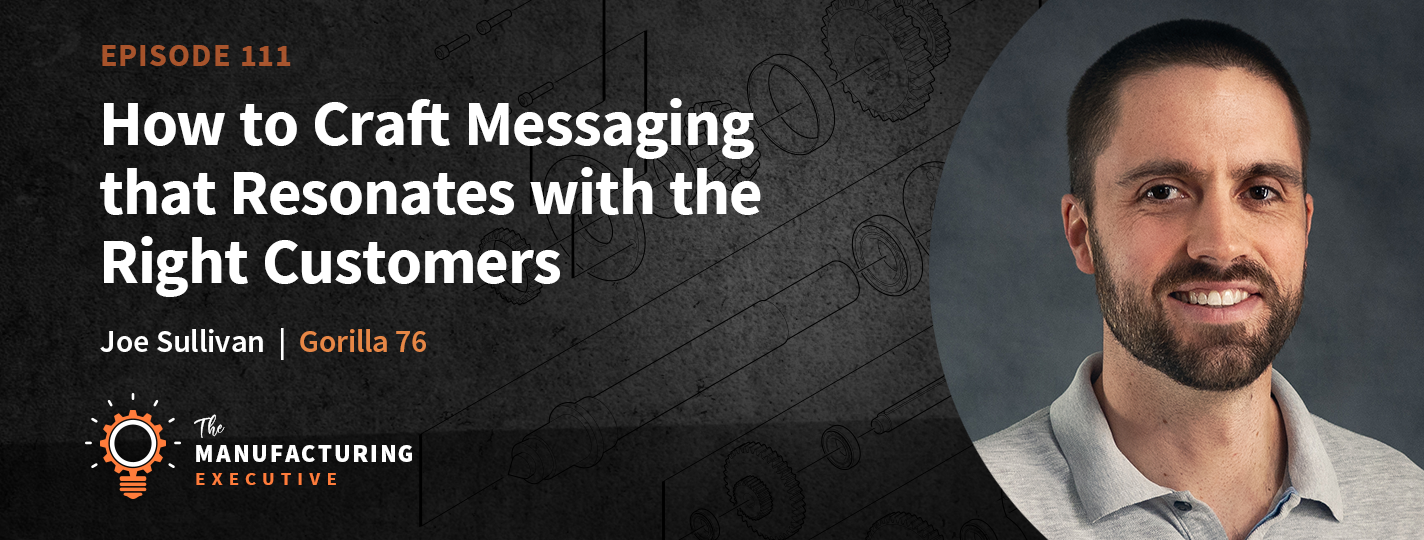


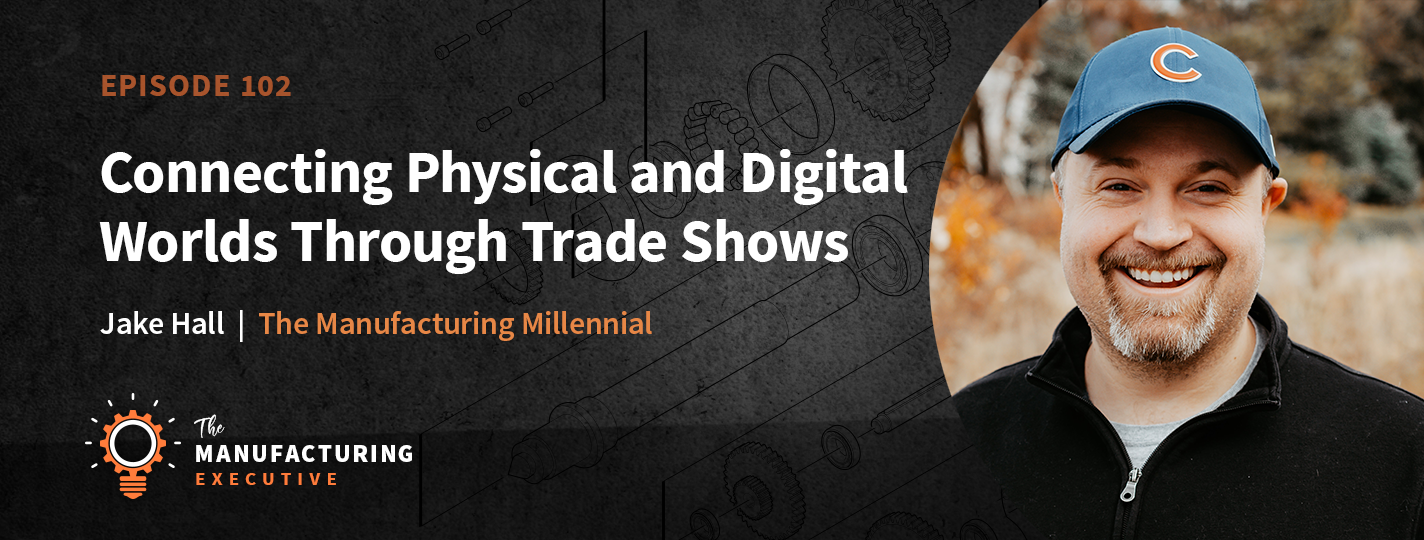
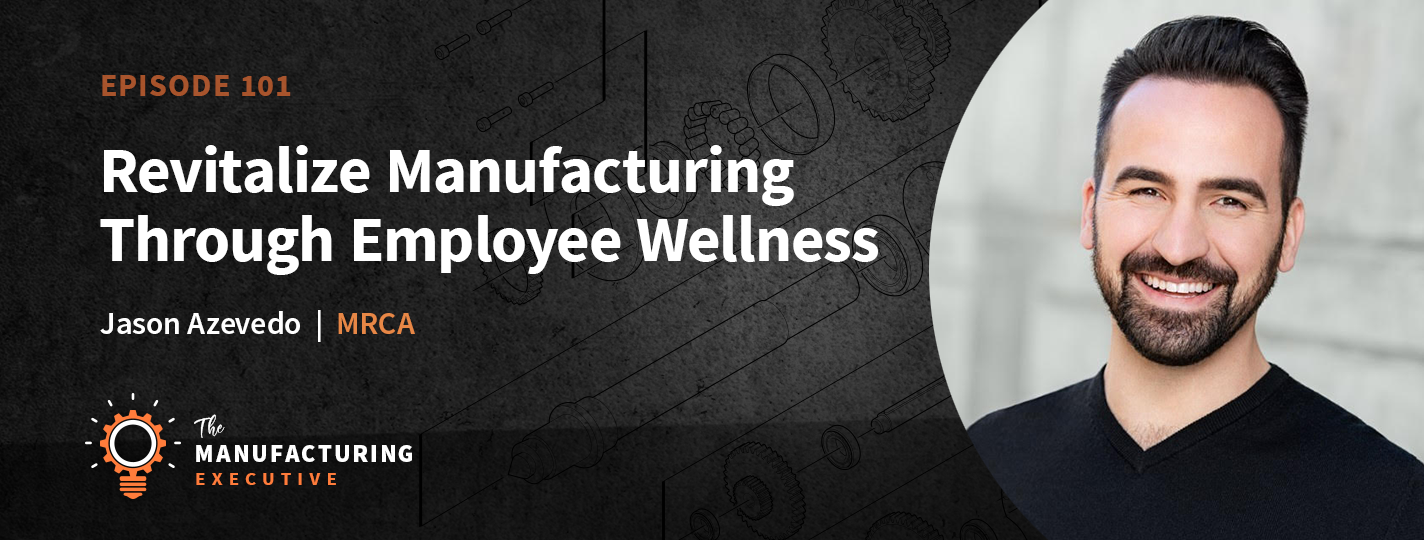
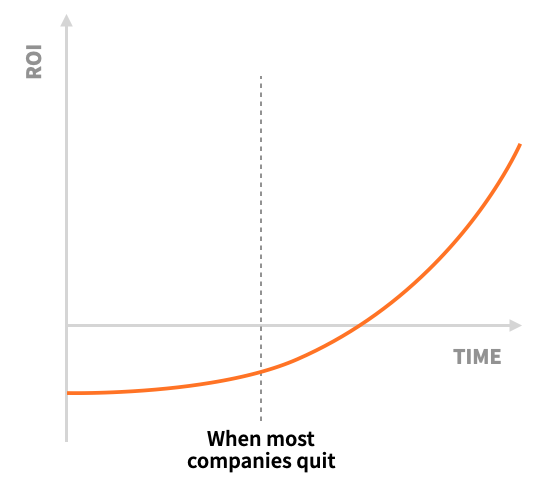



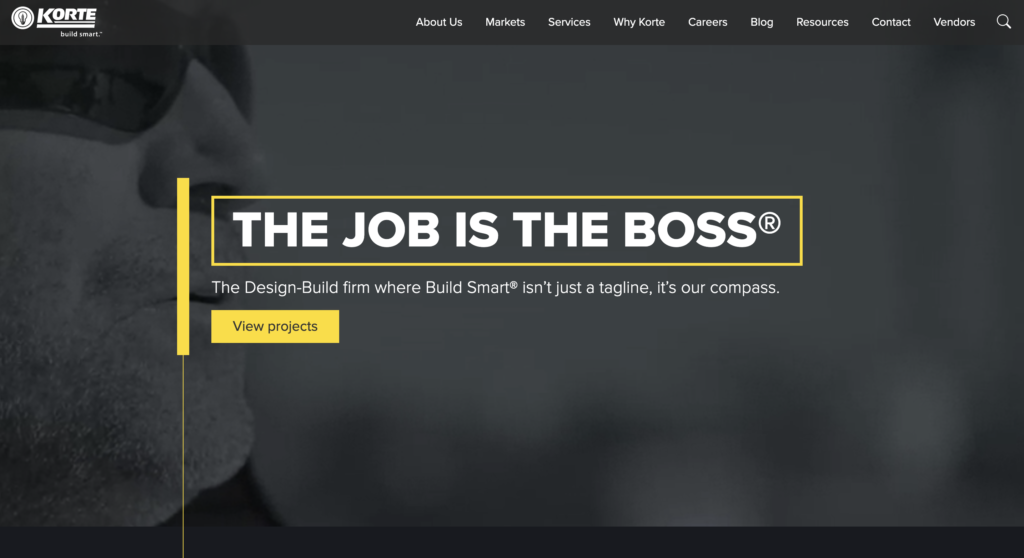
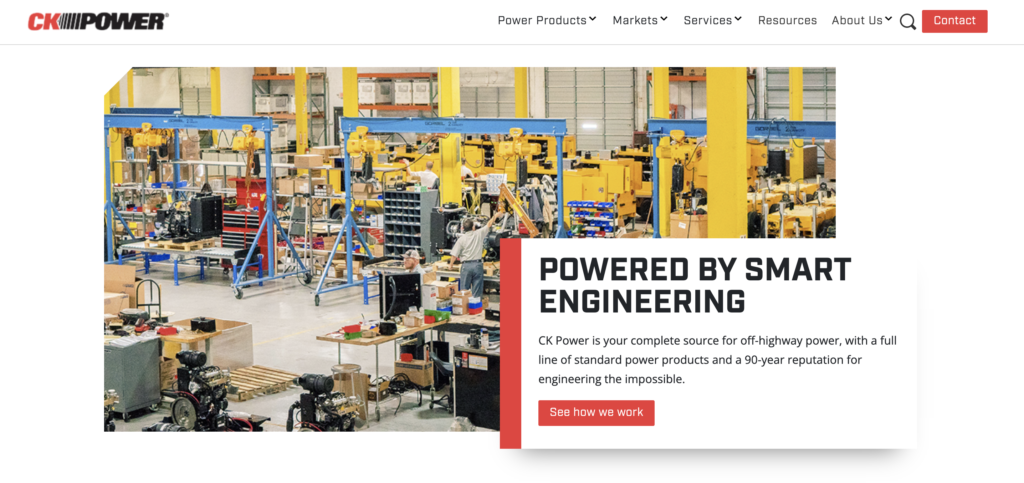
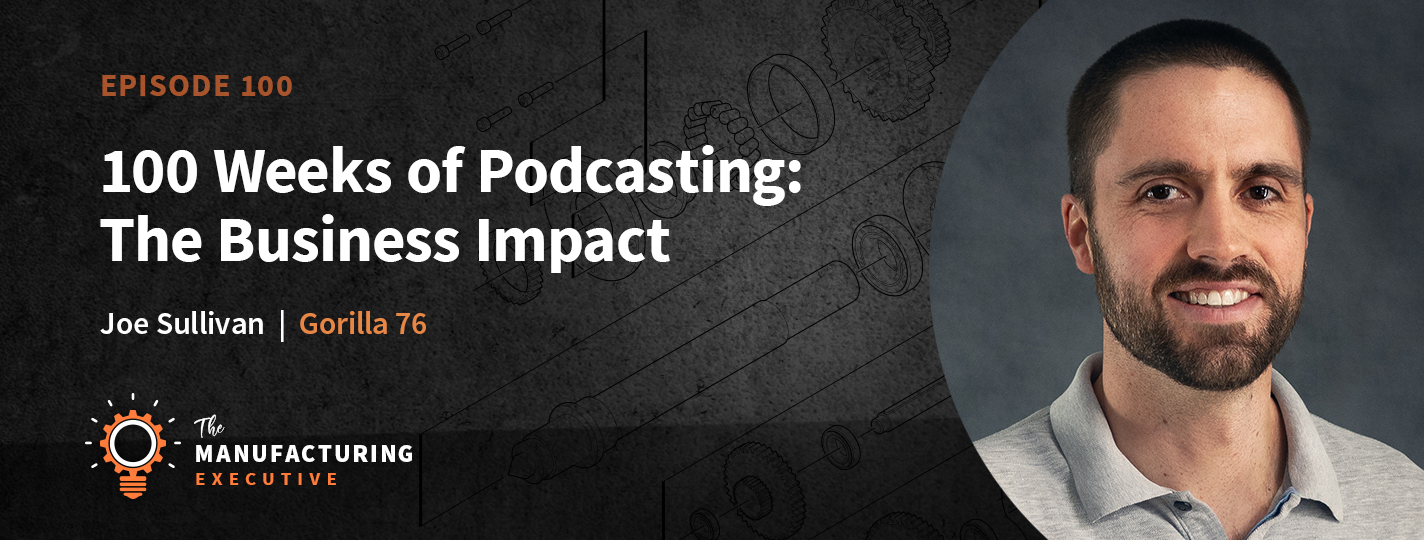
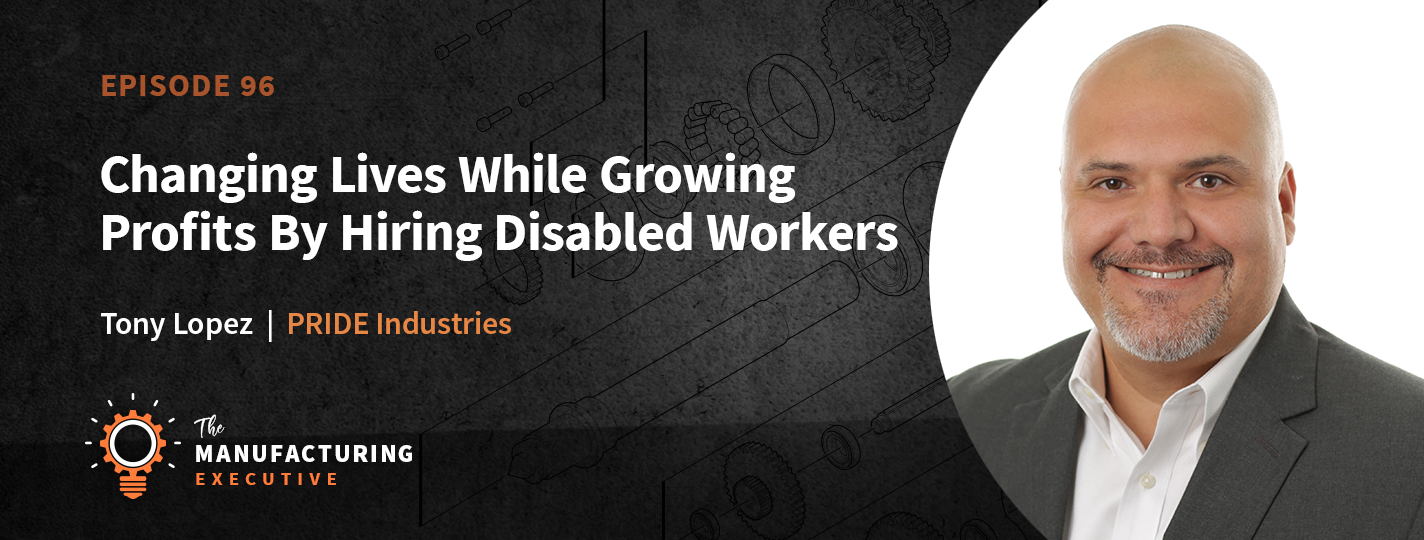










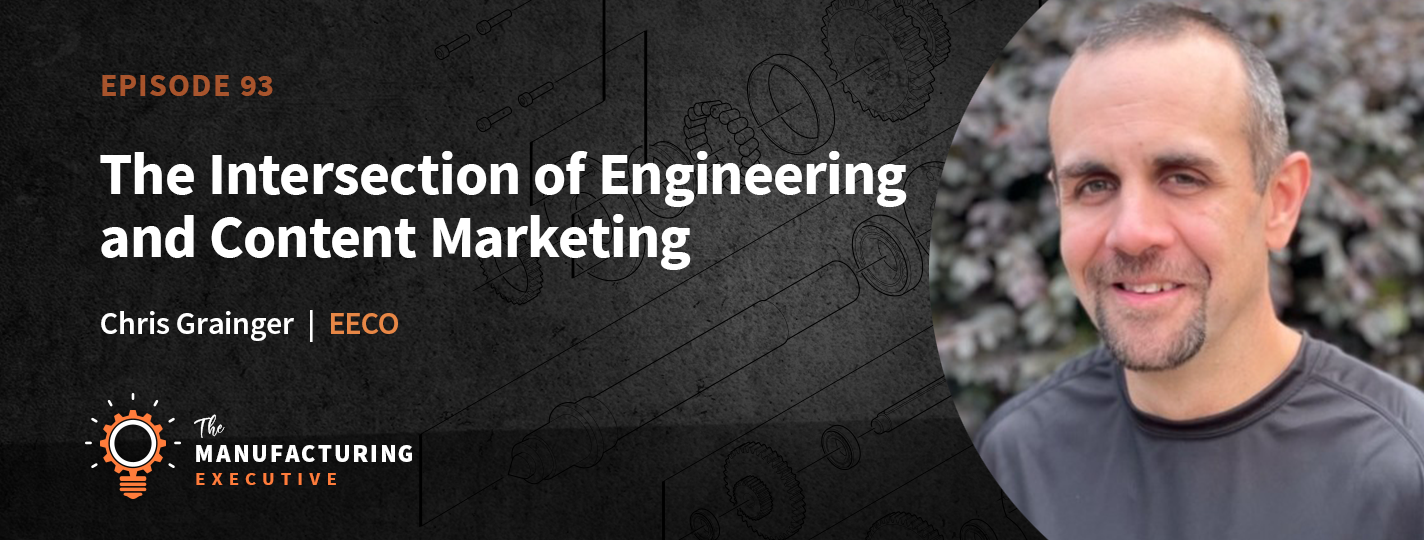







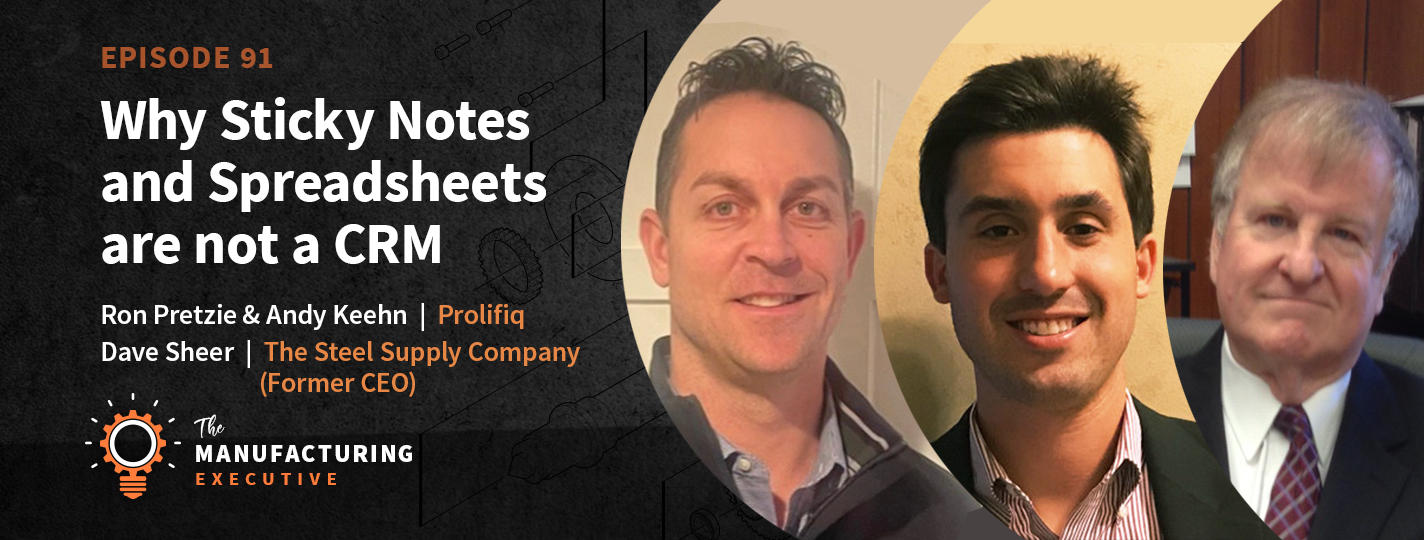

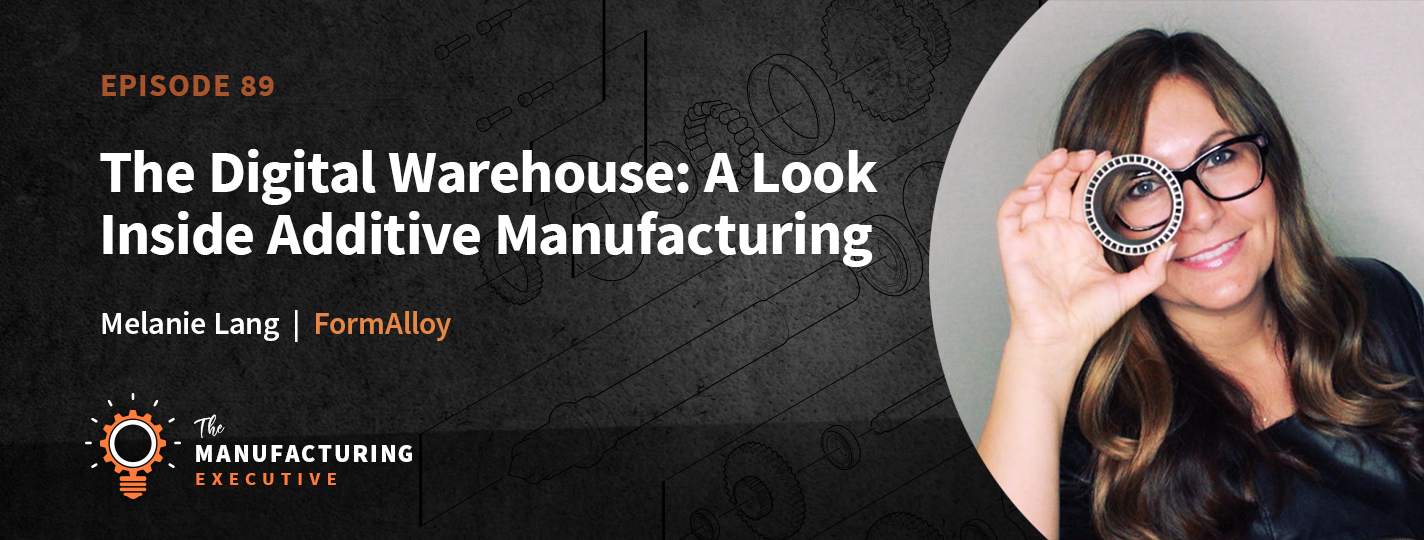




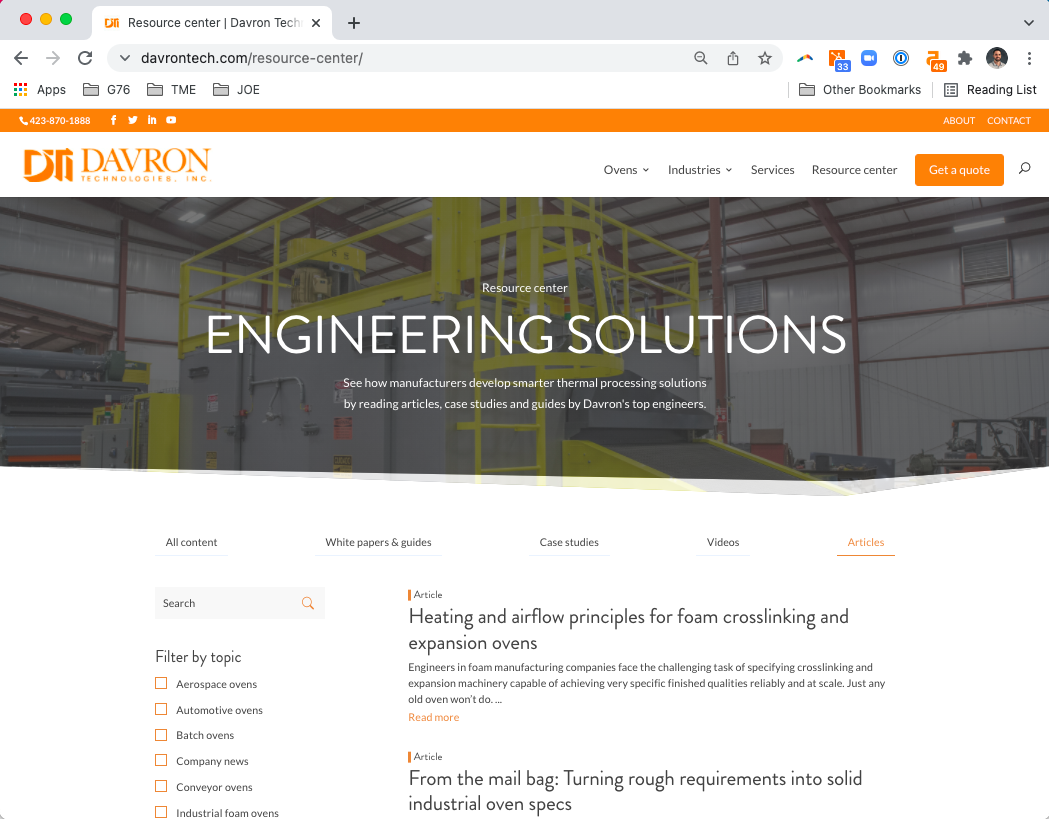
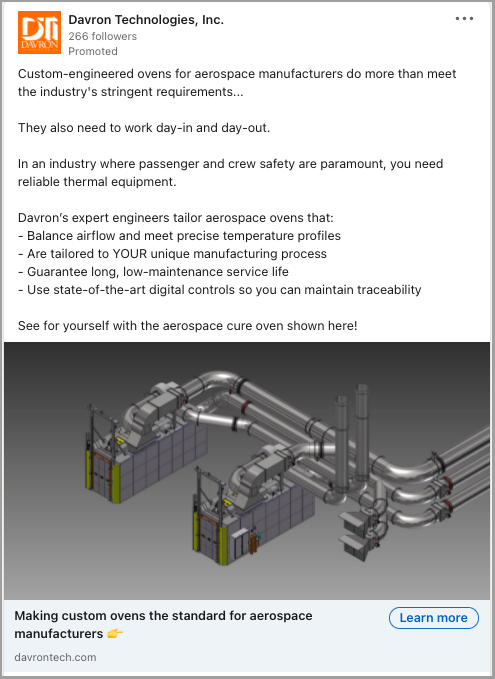

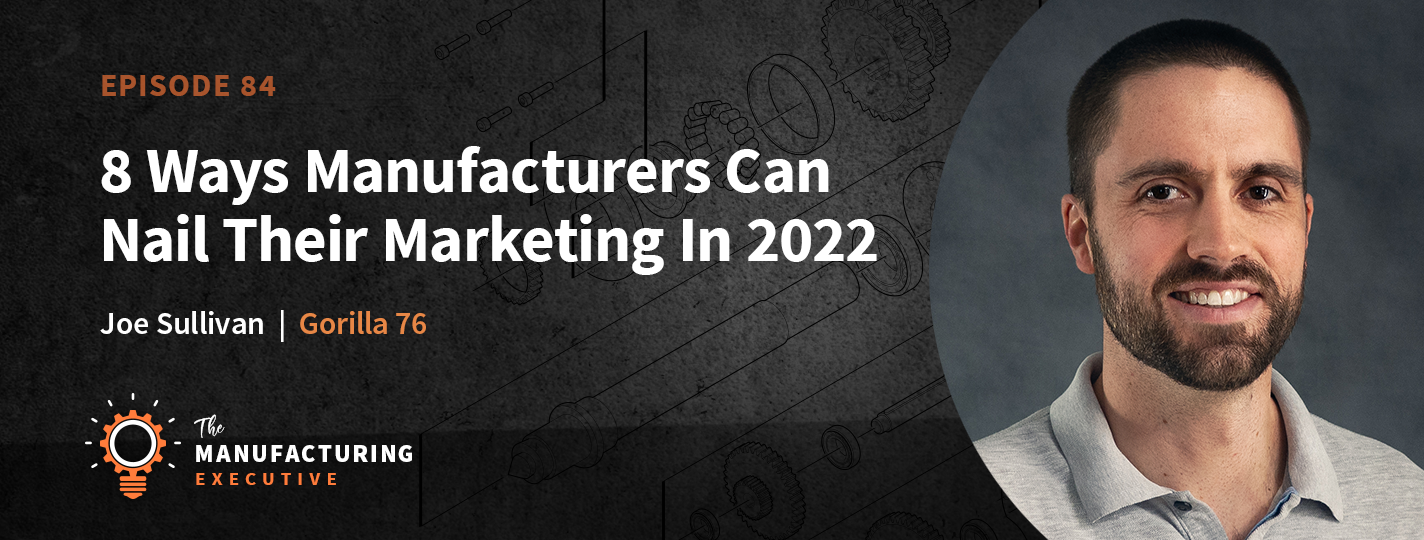

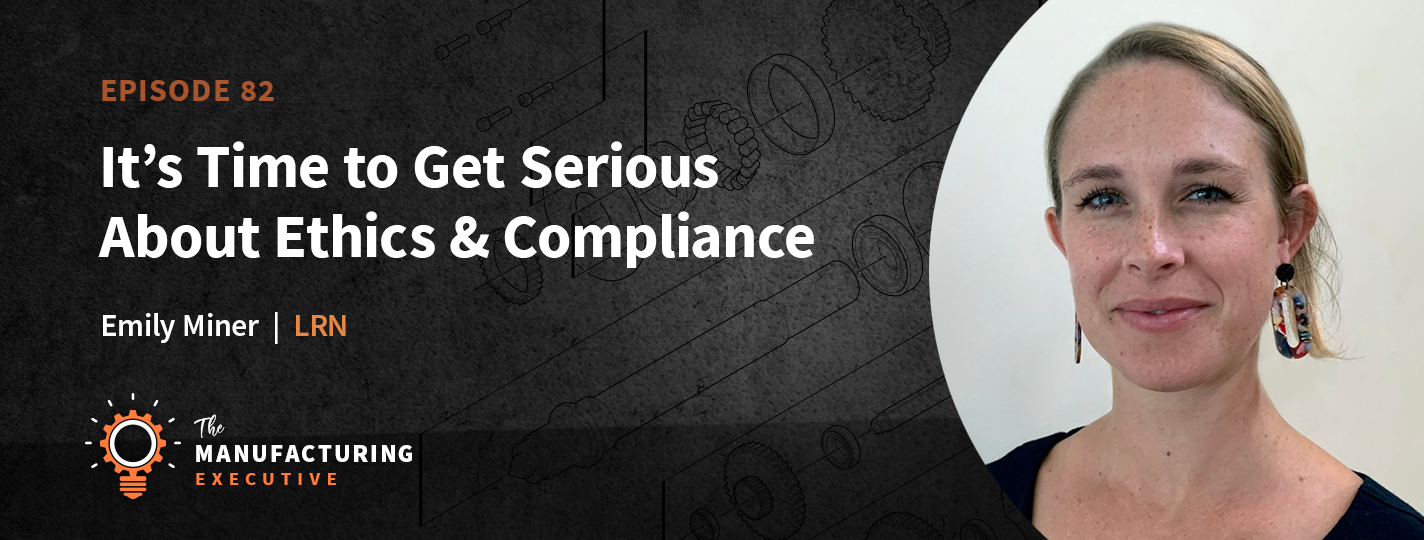
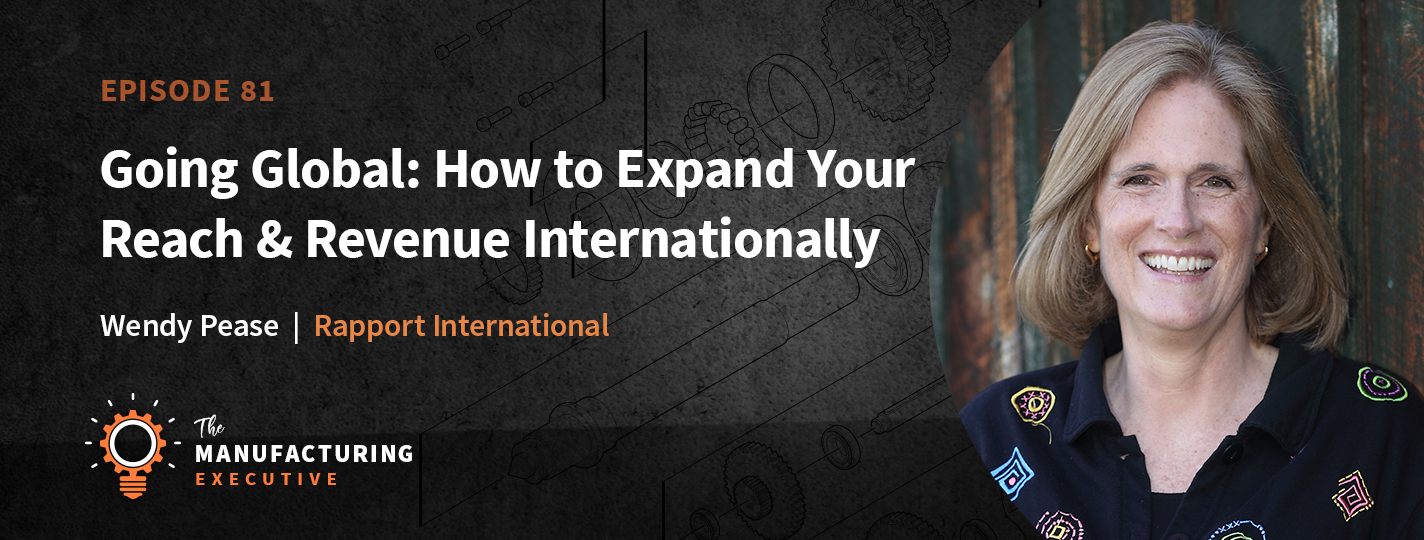
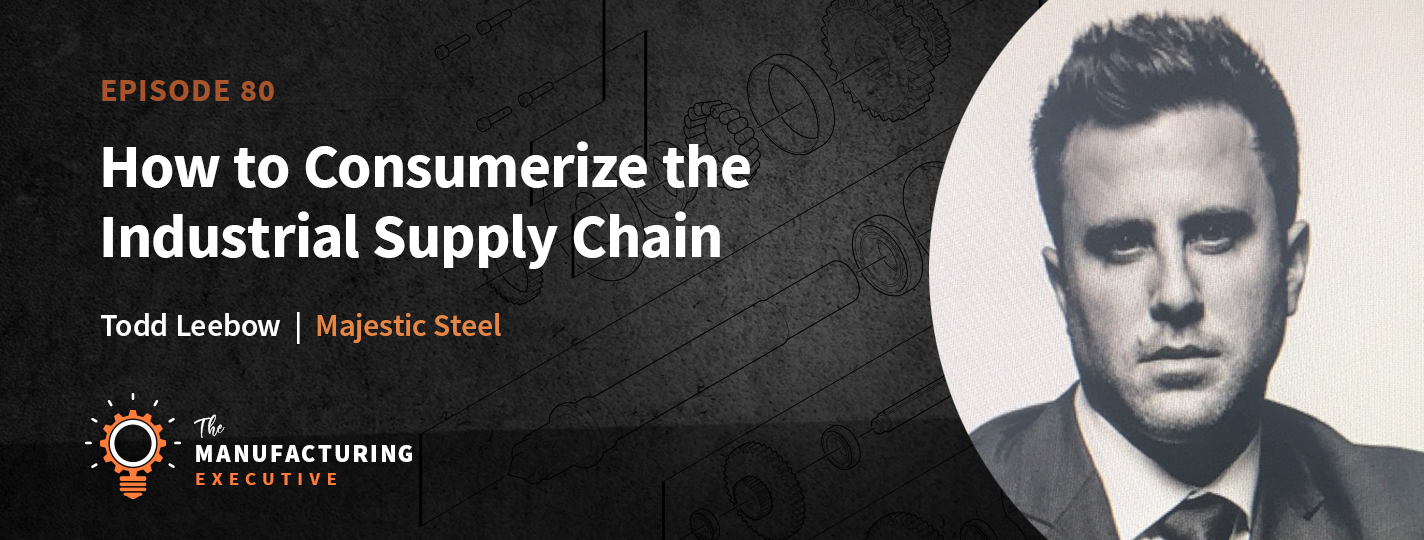


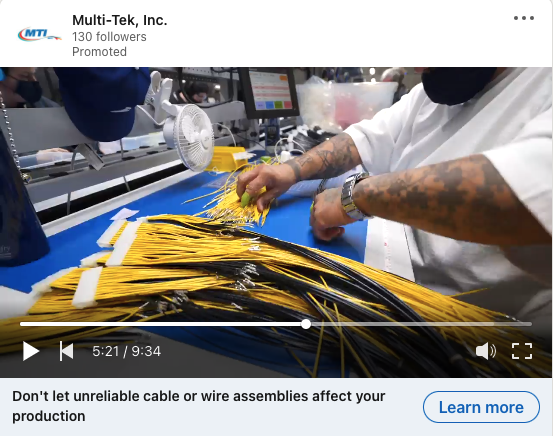
 There’s been a steady increase in our existing customer business, as well as getting enough qualified leads from Gorilla’s marketing efforts that I haven’t really had to spend a lot of time prospecting or looking for new business.” – John Ferguson
There’s been a steady increase in our existing customer business, as well as getting enough qualified leads from Gorilla’s marketing efforts that I haven’t really had to spend a lot of time prospecting or looking for new business.” – John Ferguson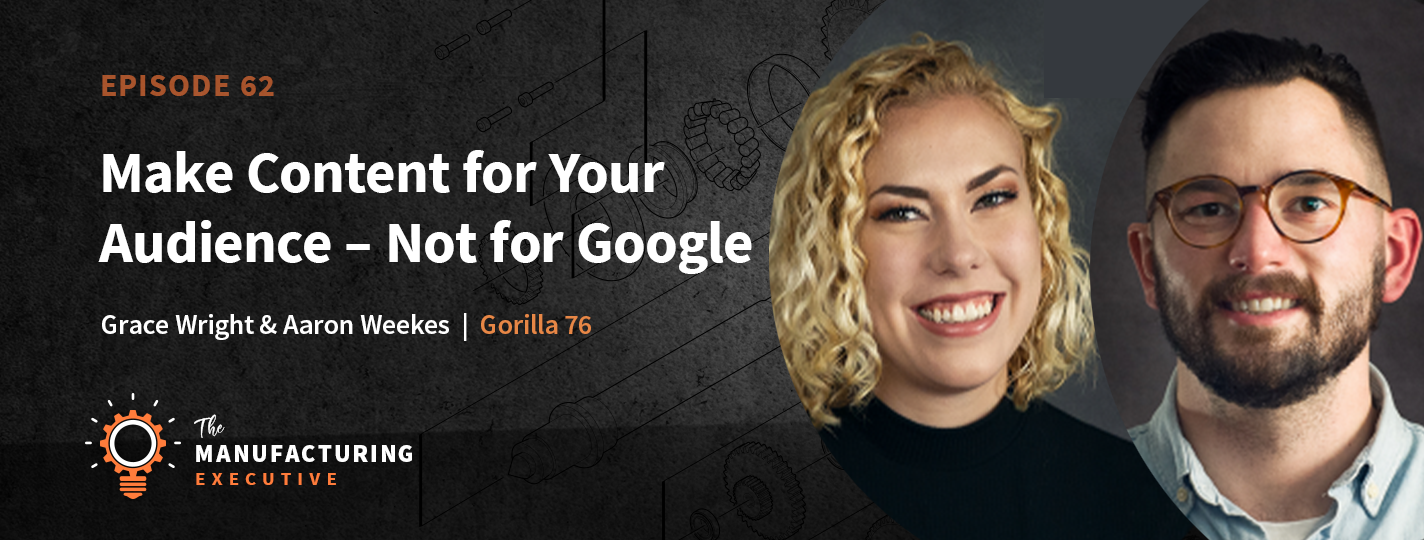

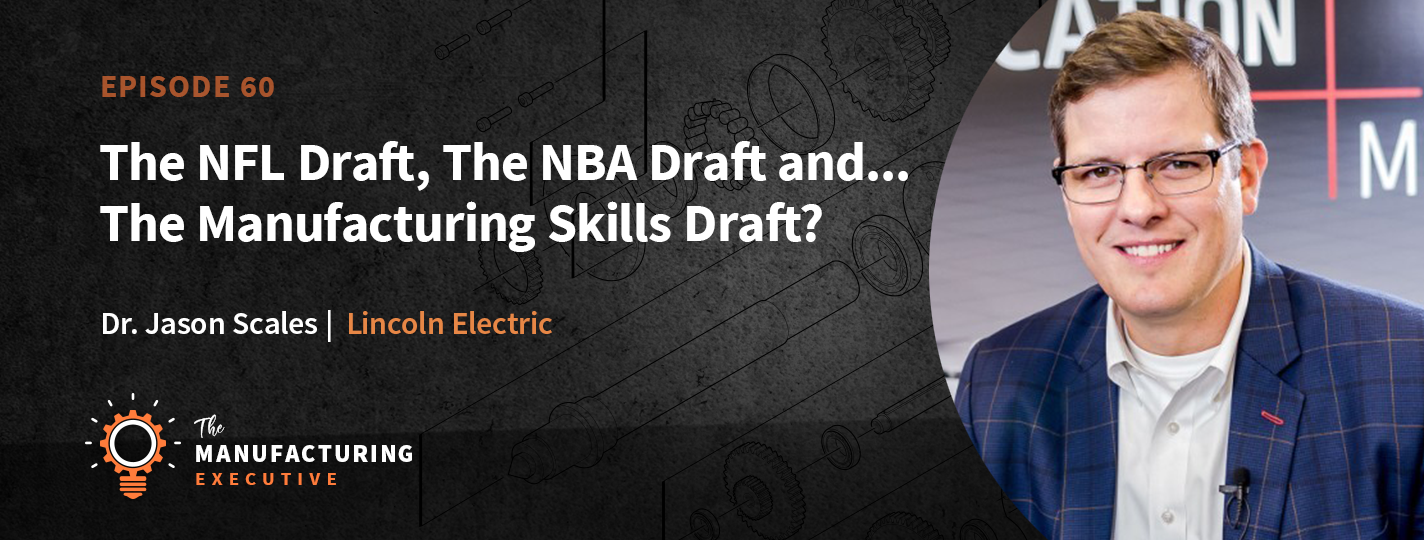
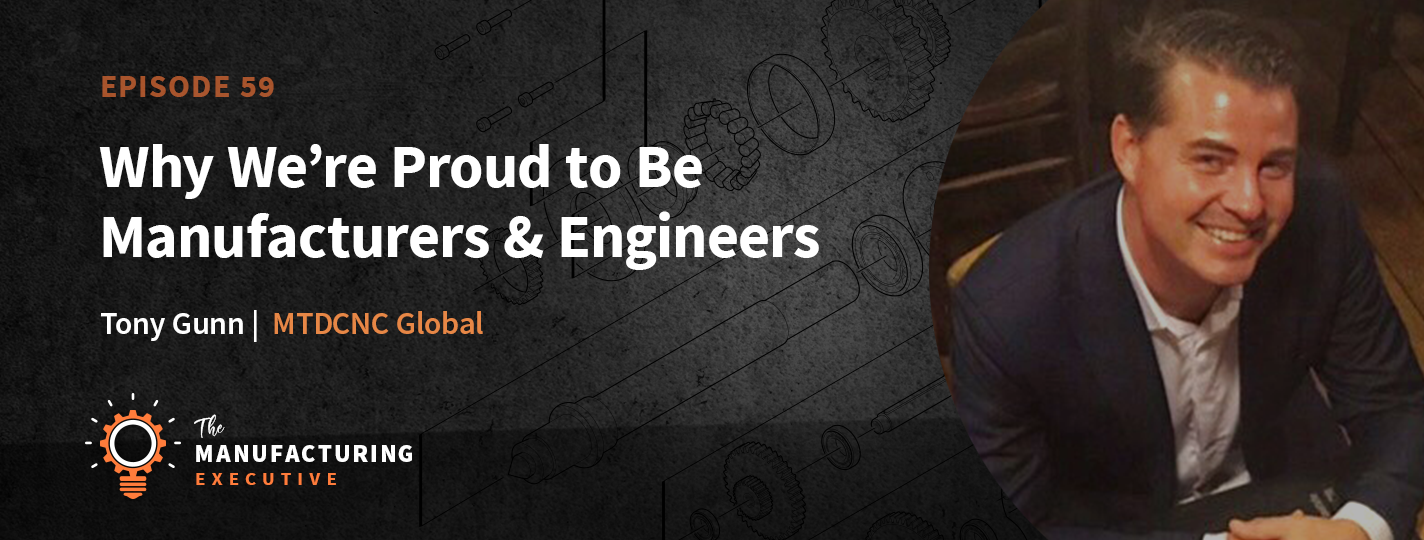




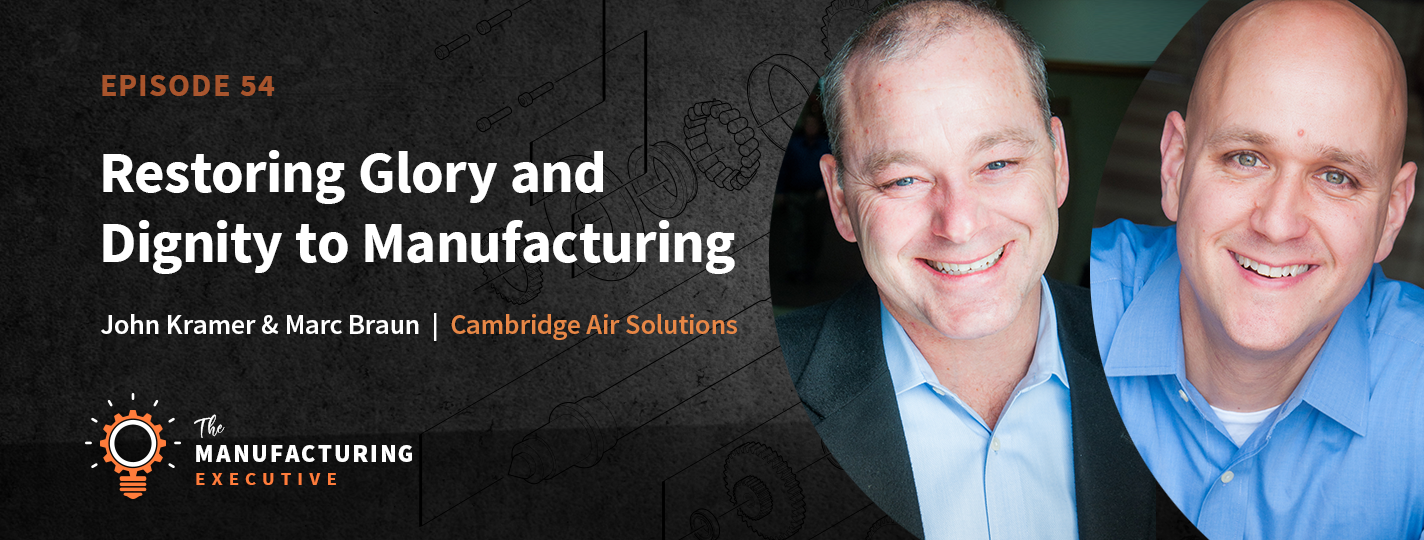

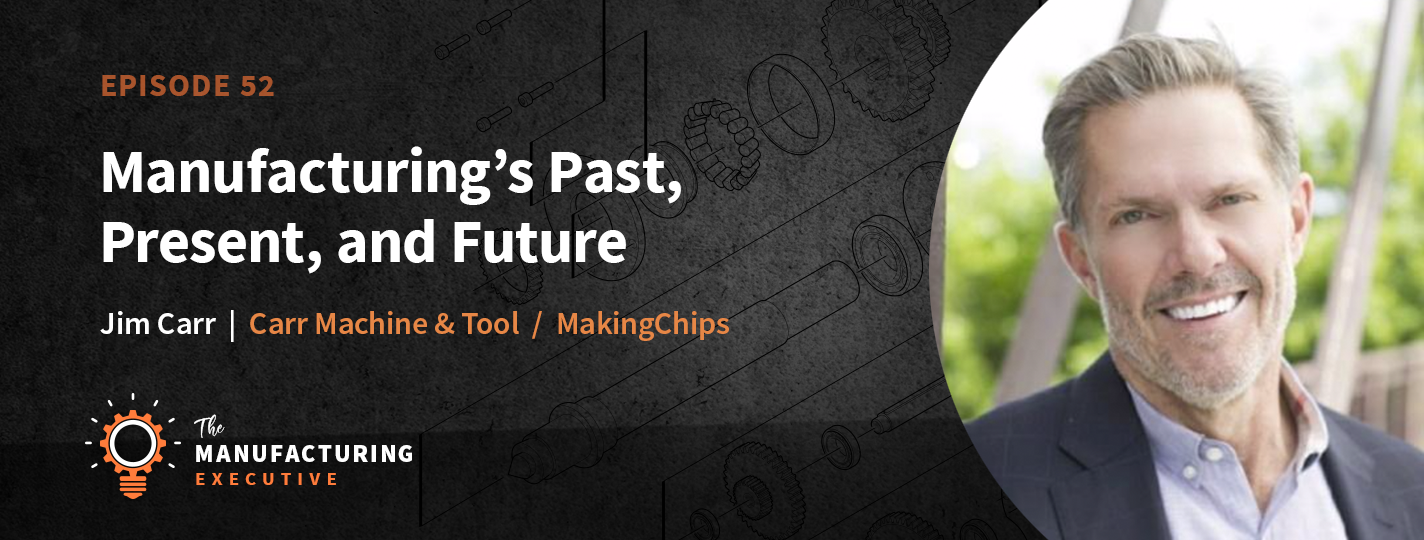


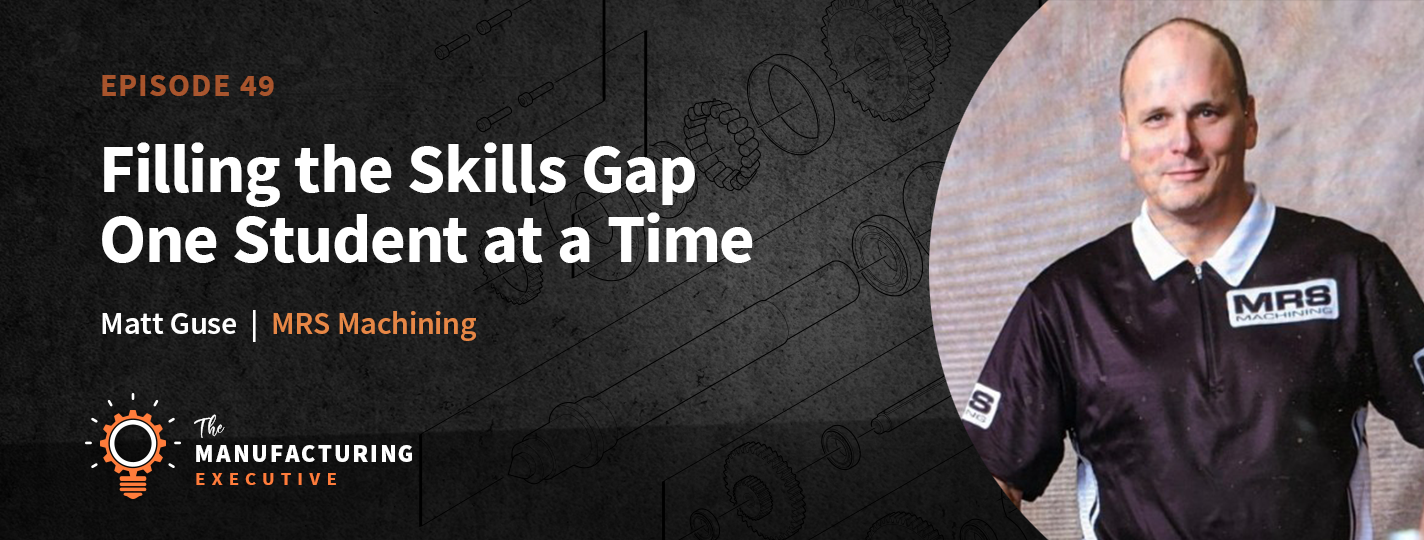
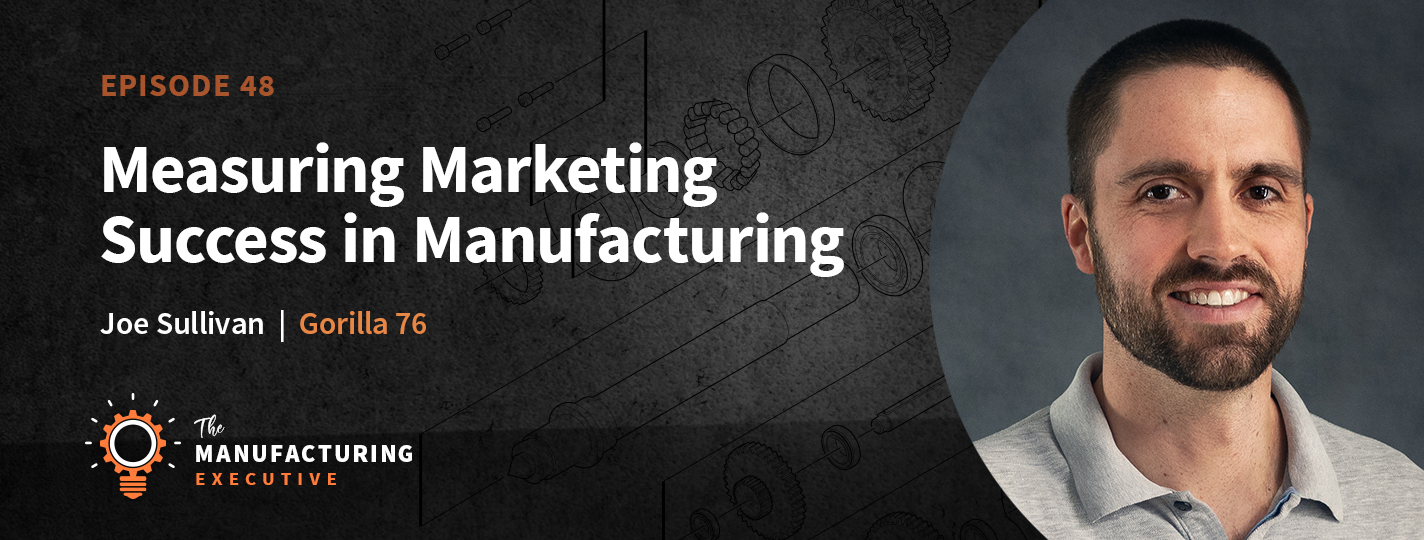


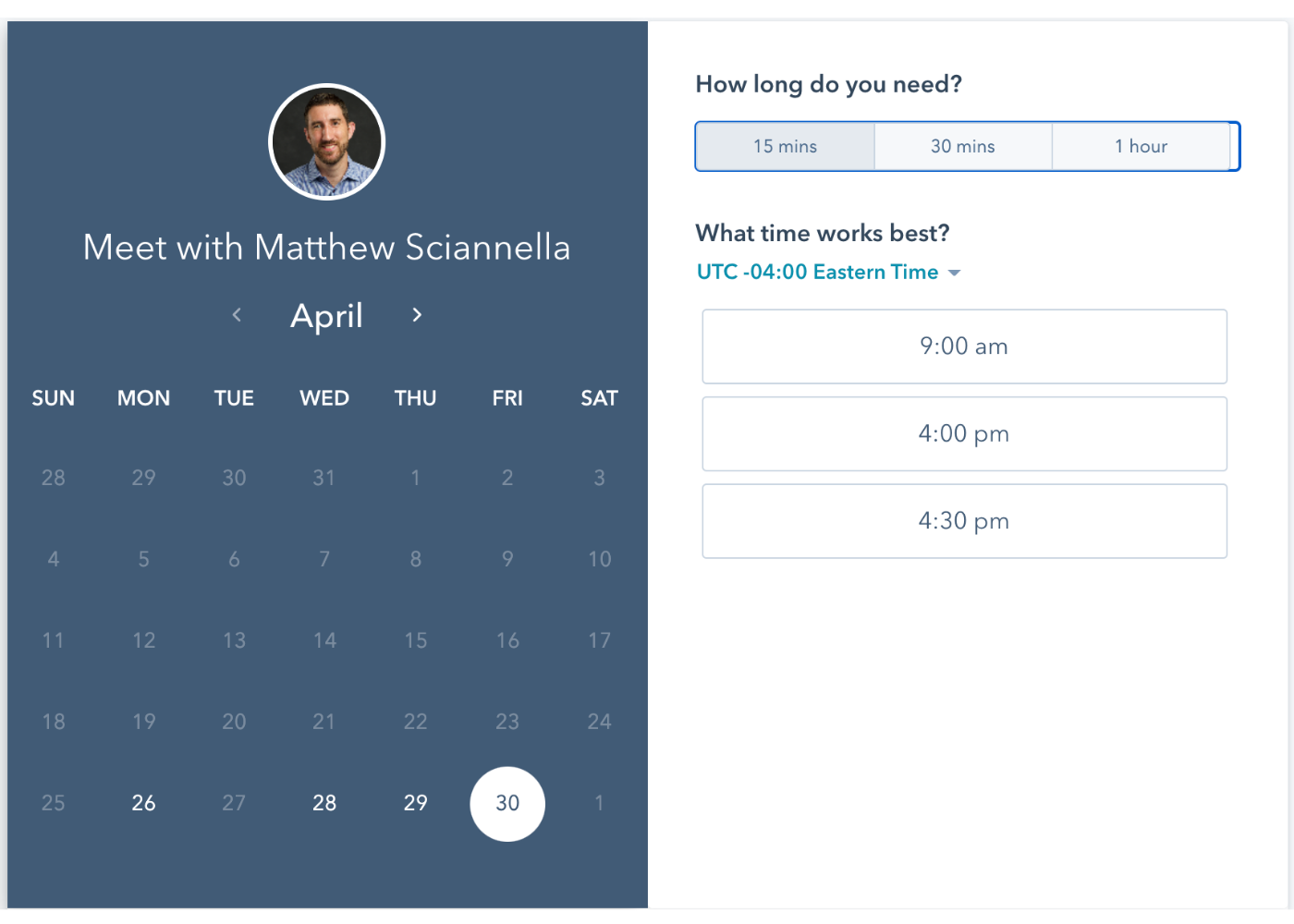
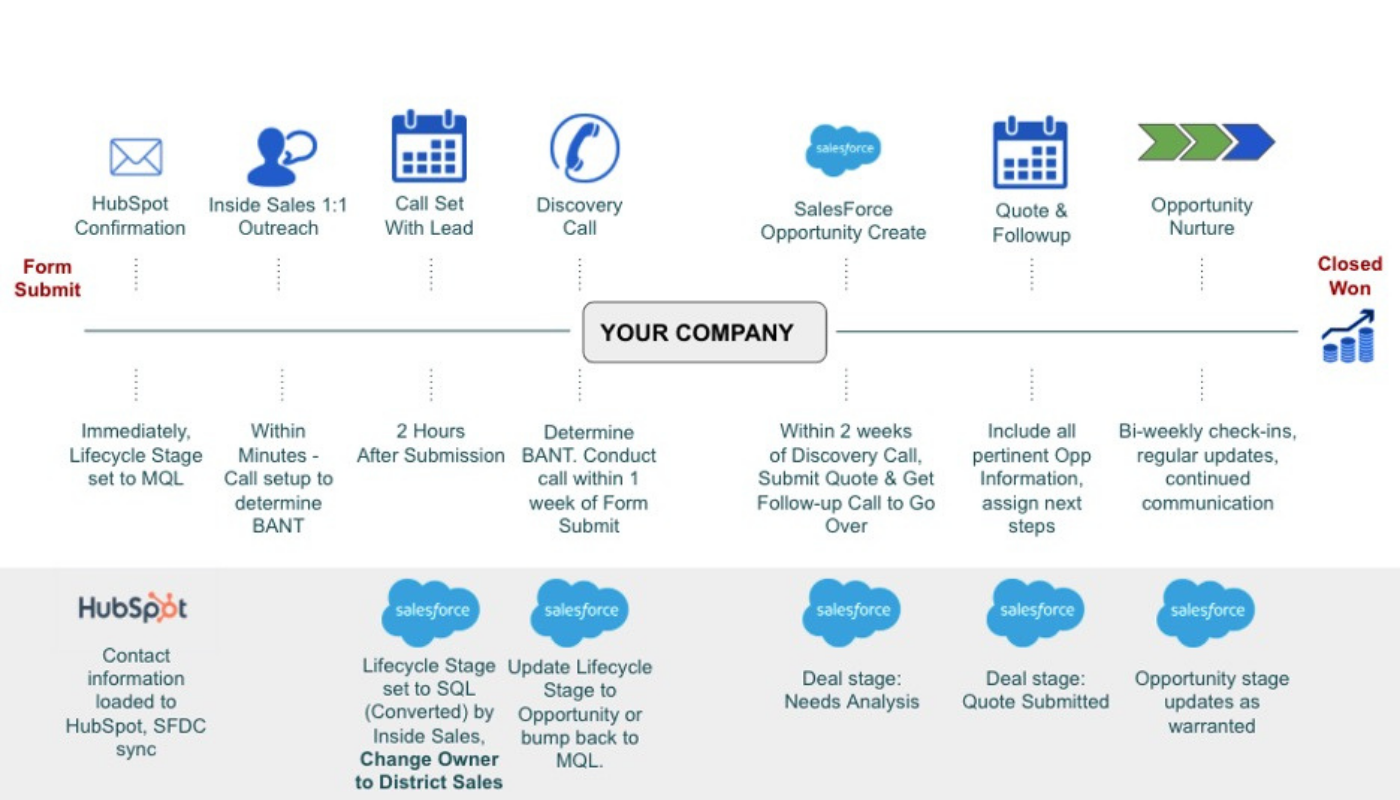
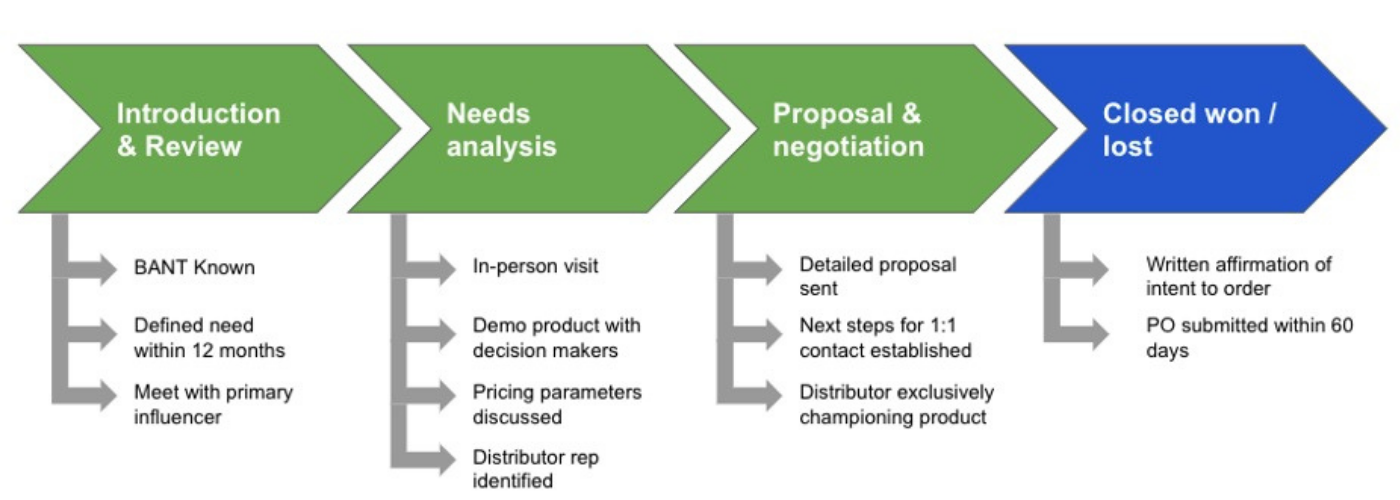
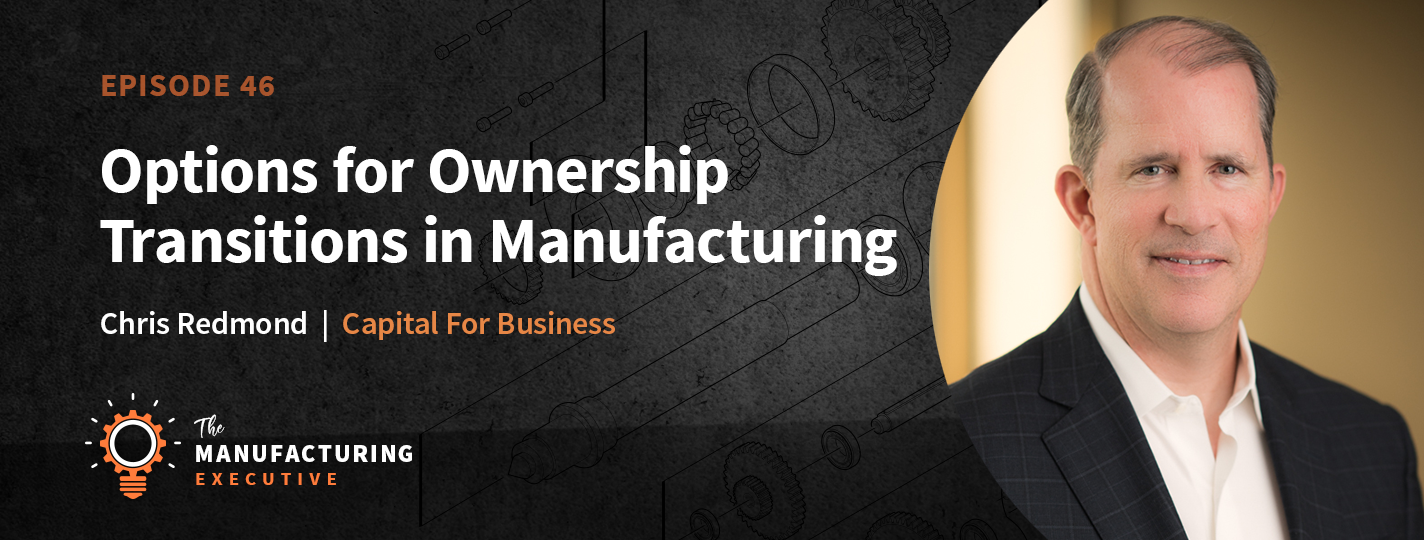
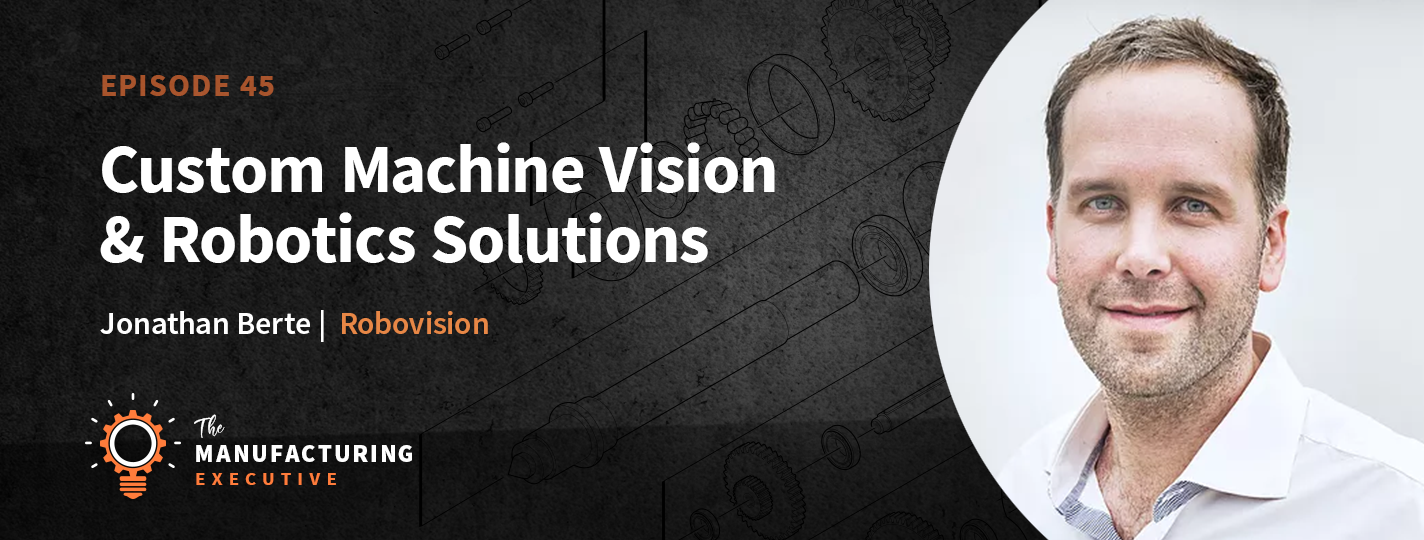
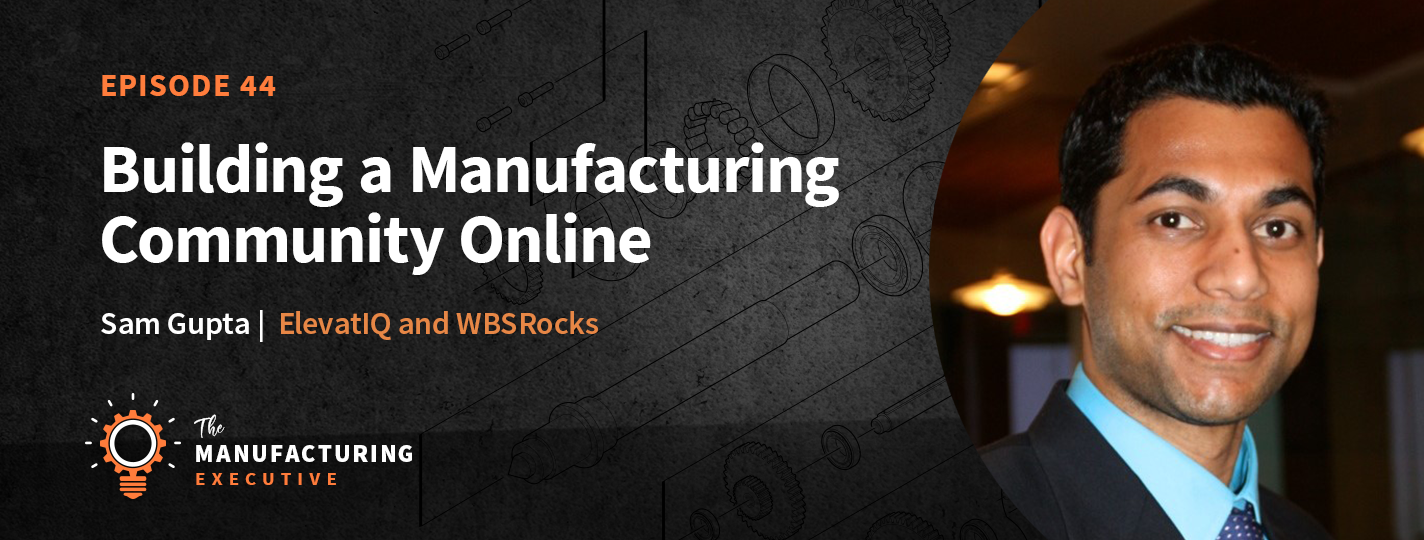

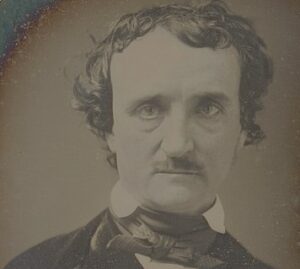



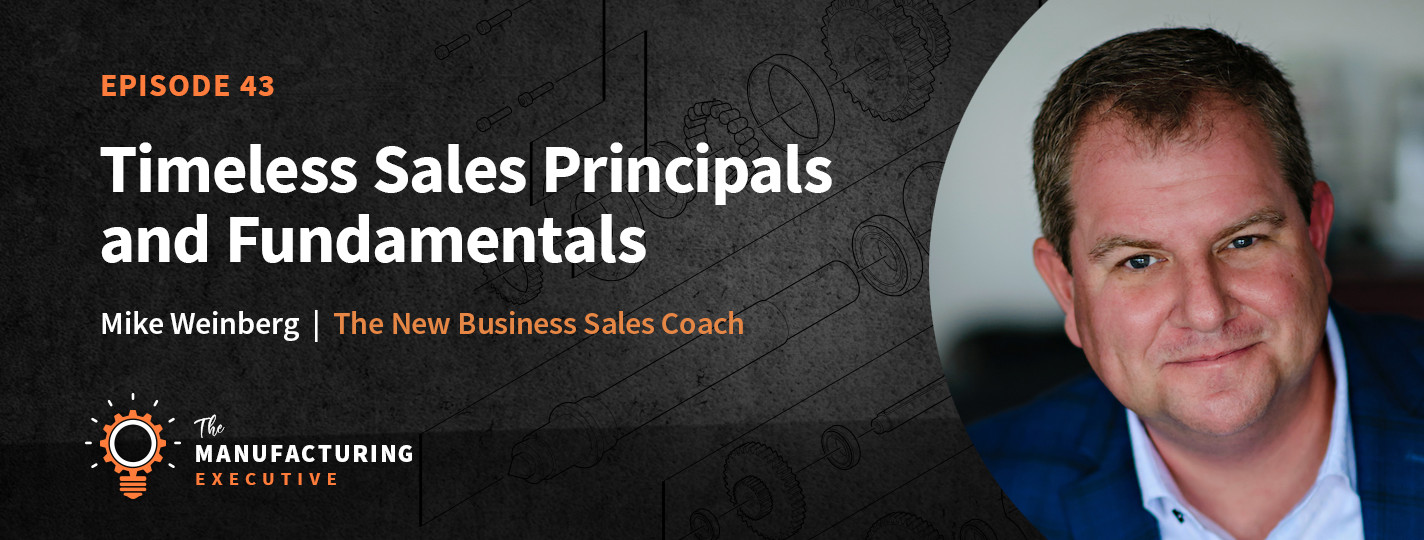
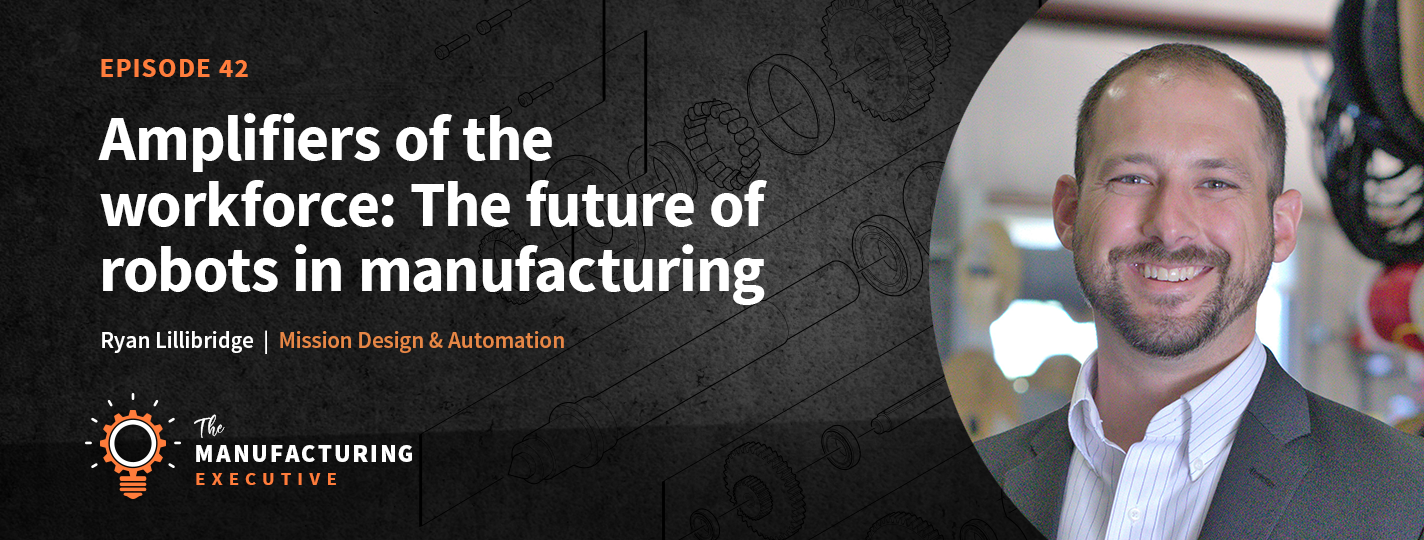



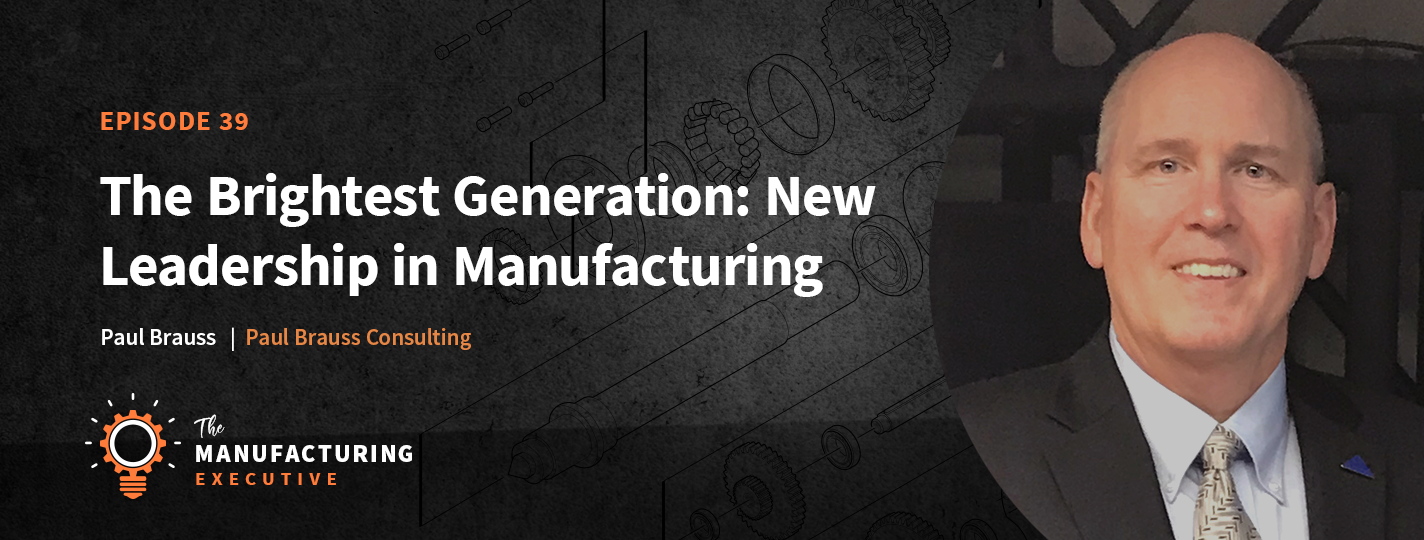
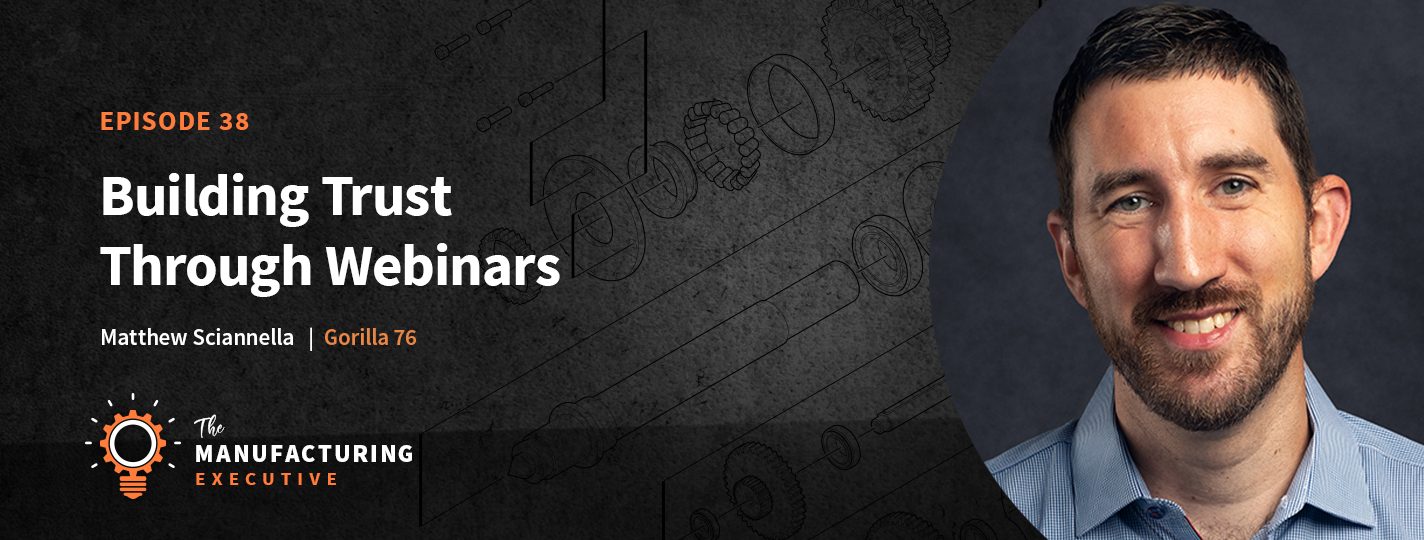
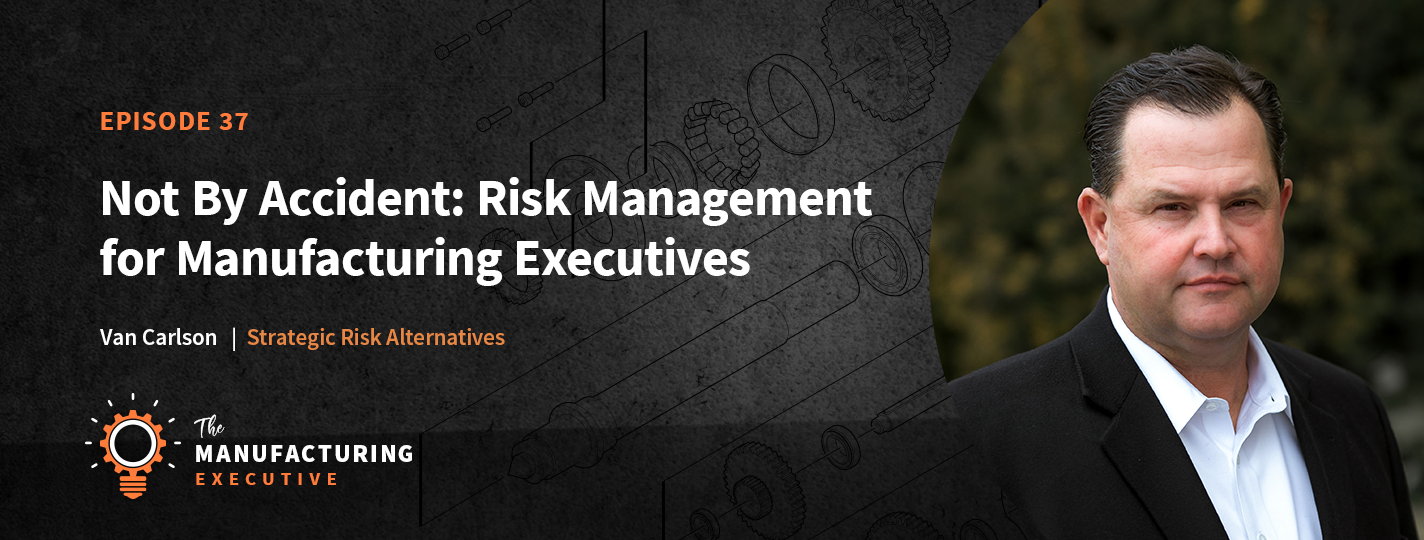
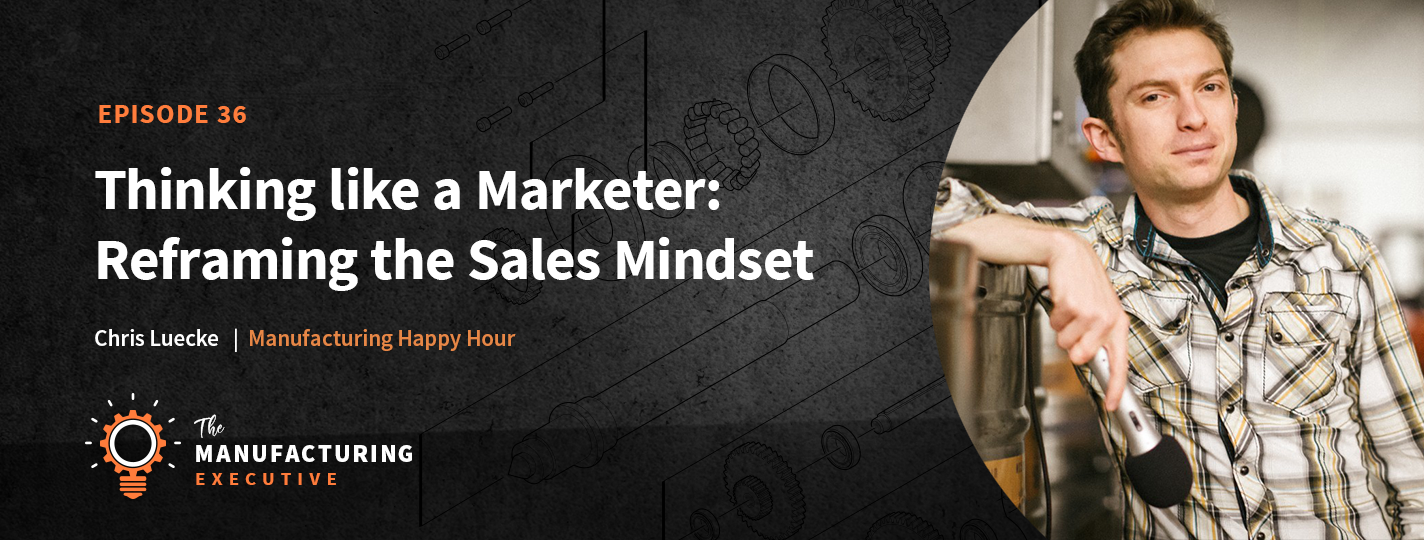

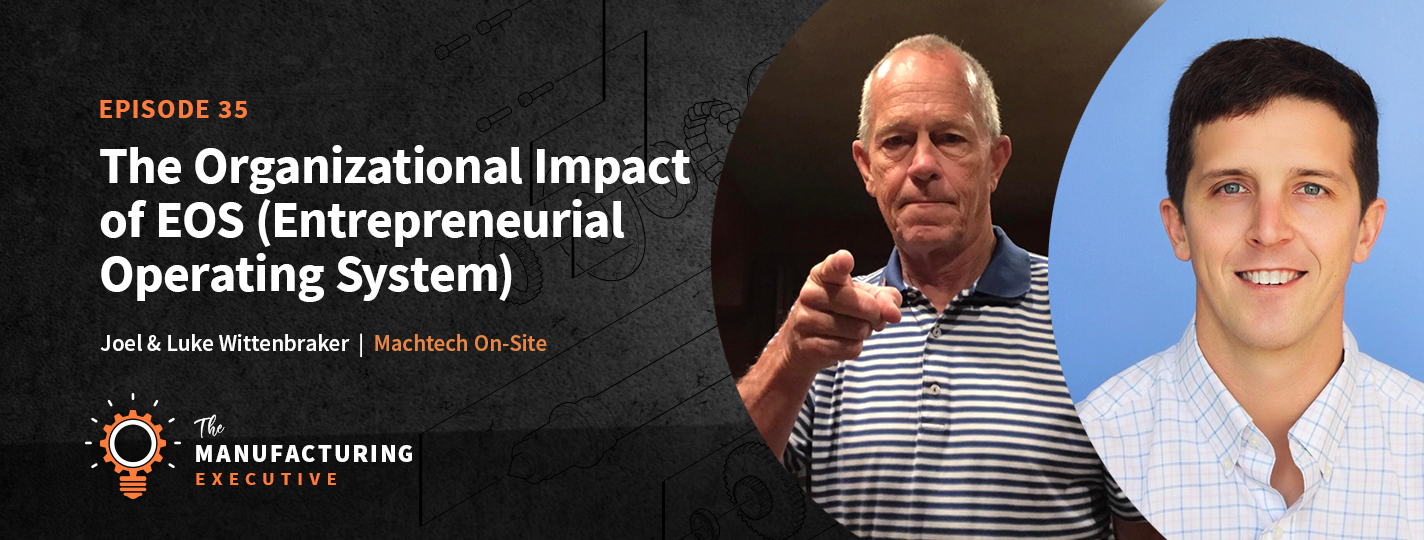

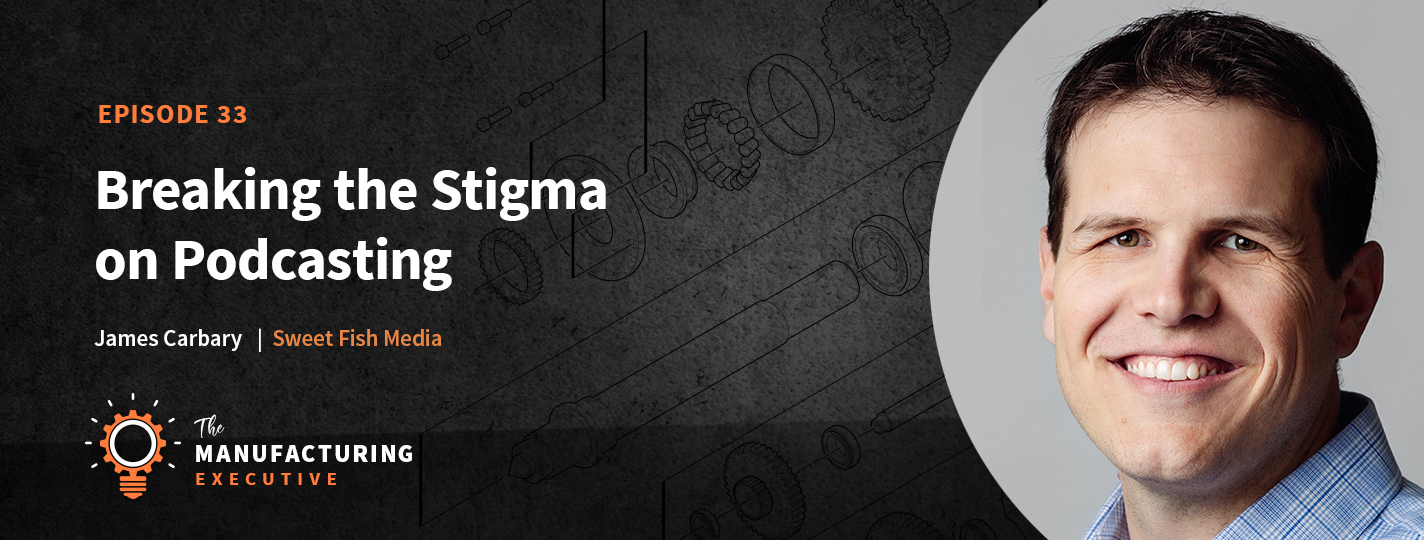
 Loading, Please Wait
Loading, Please Wait